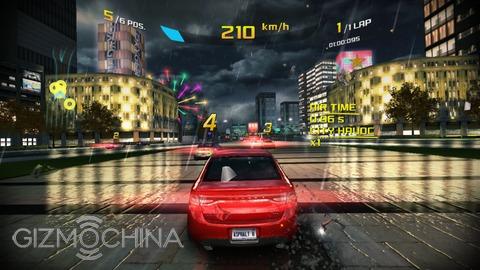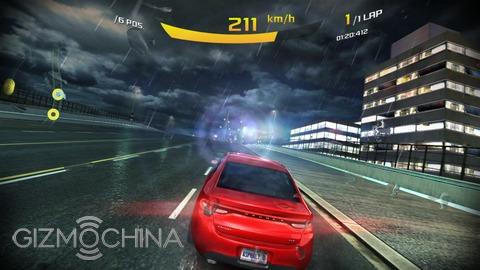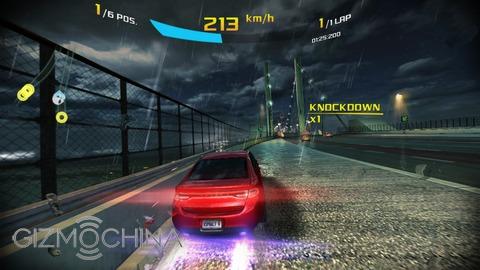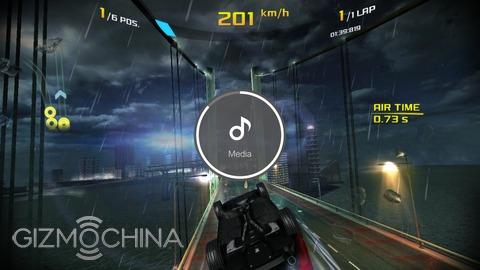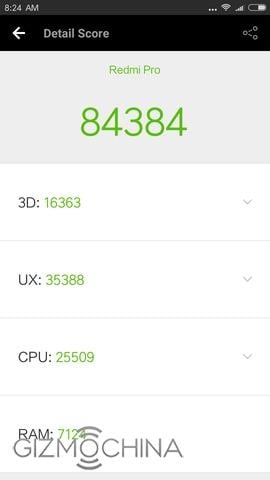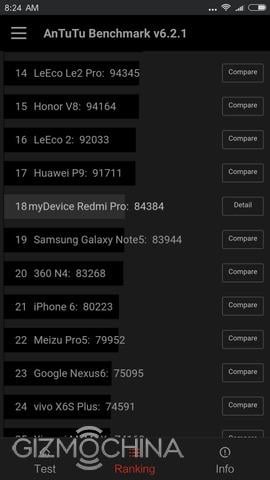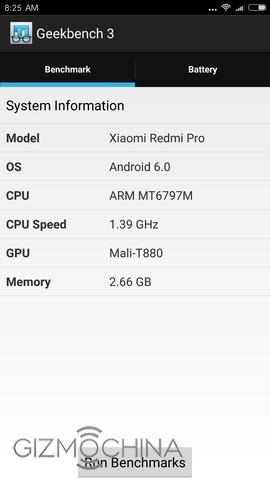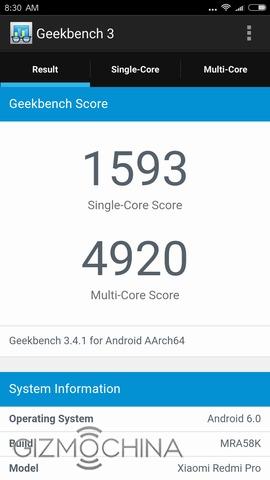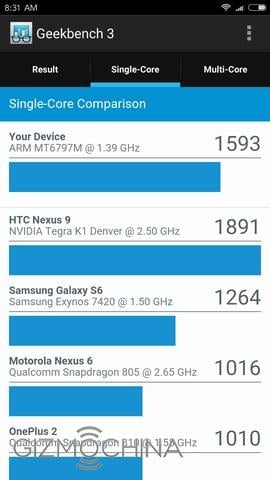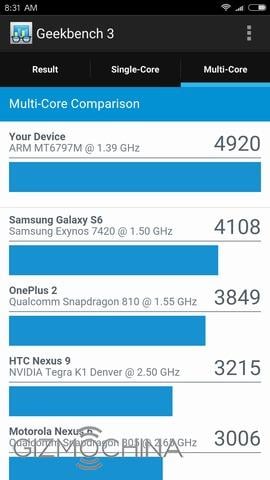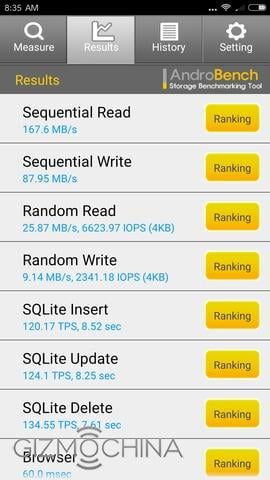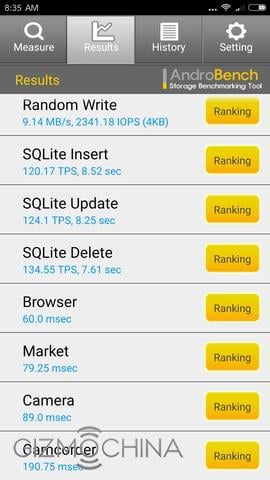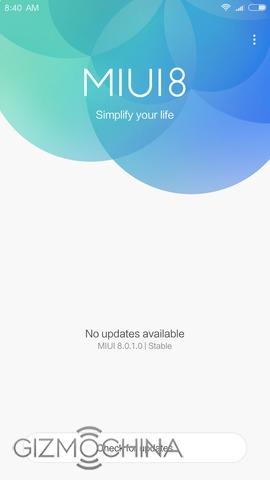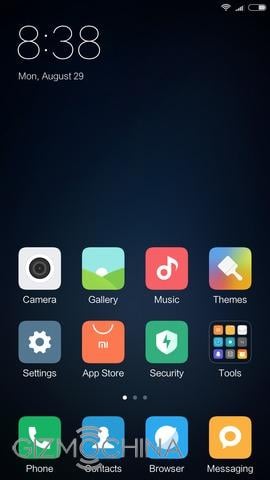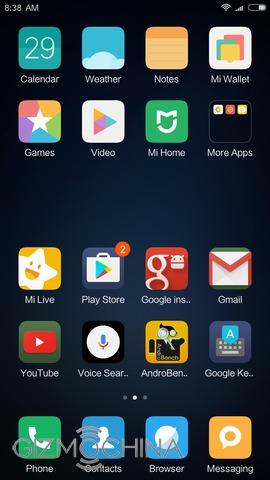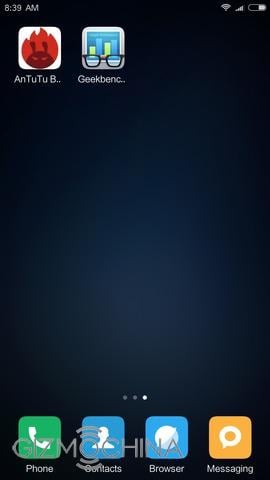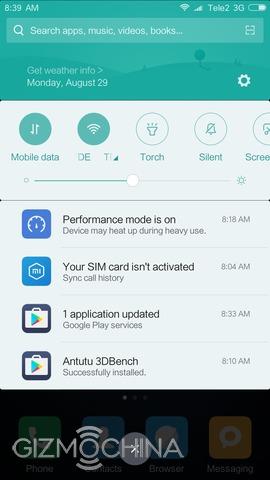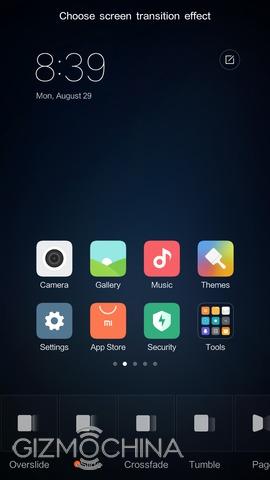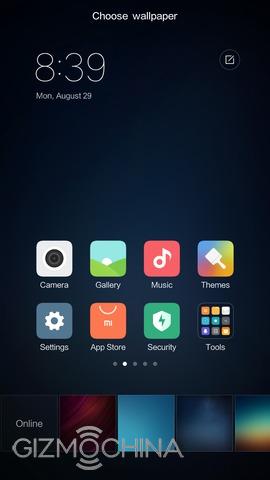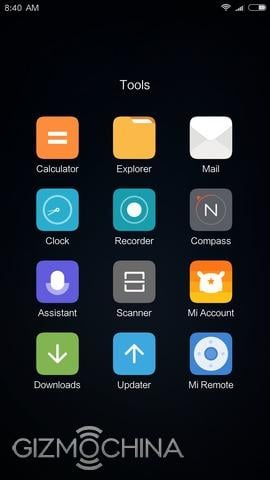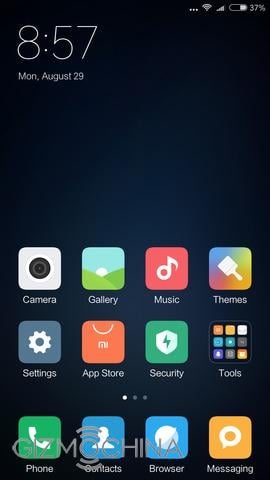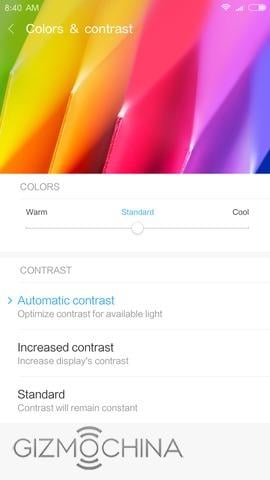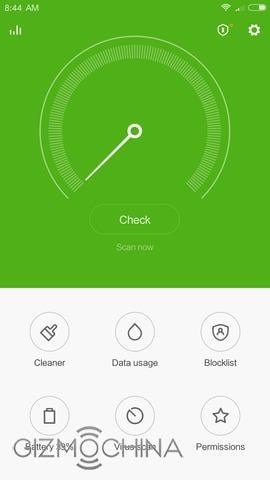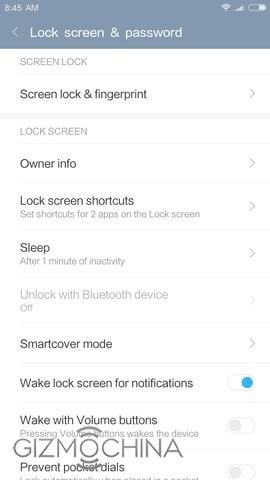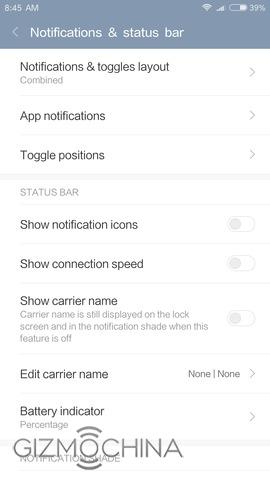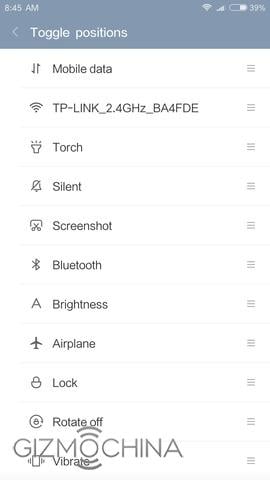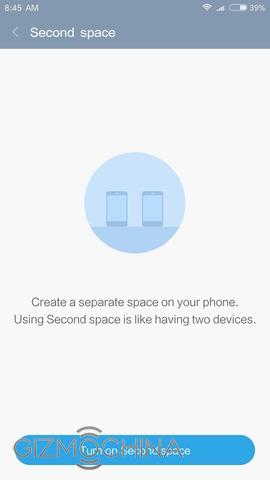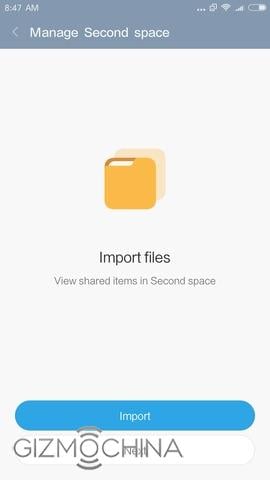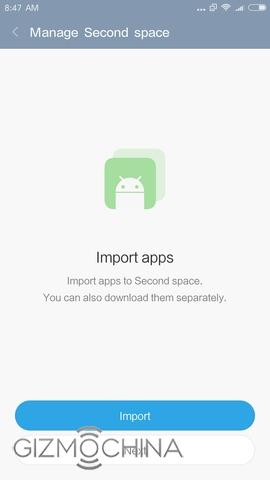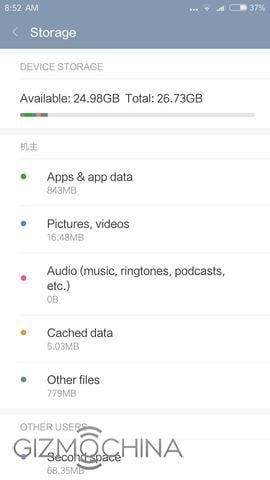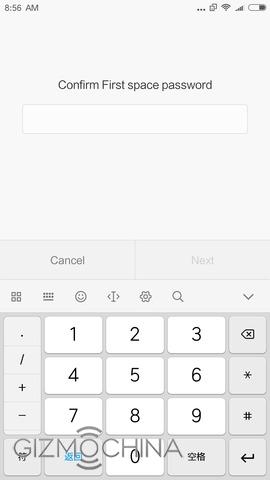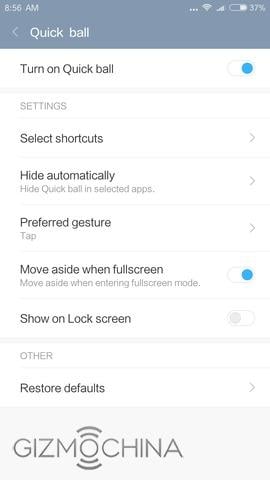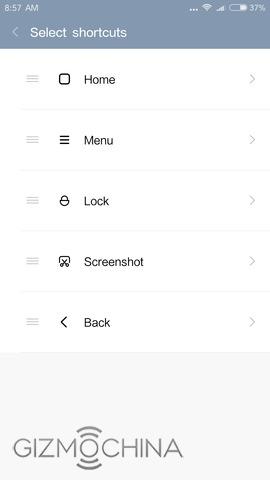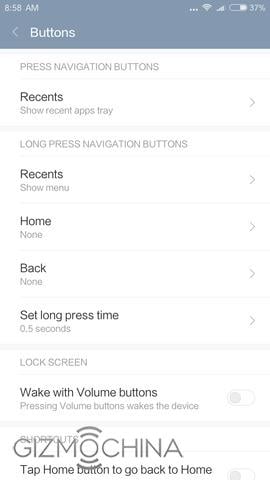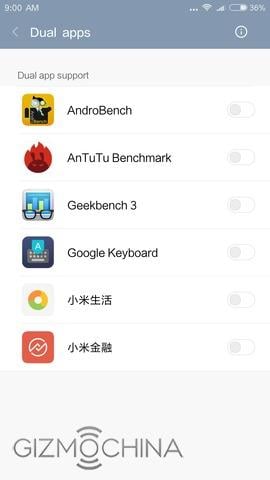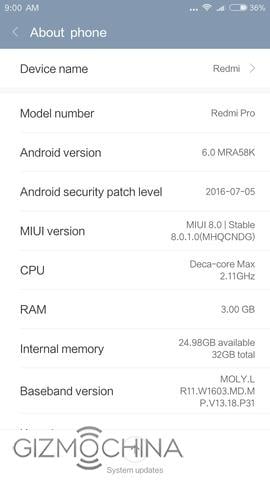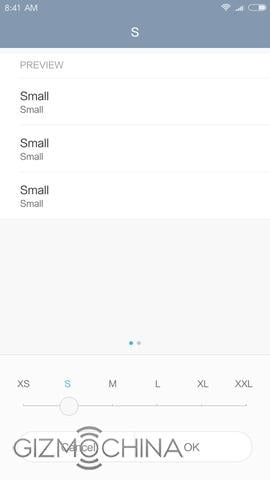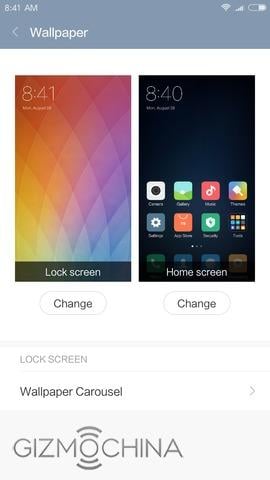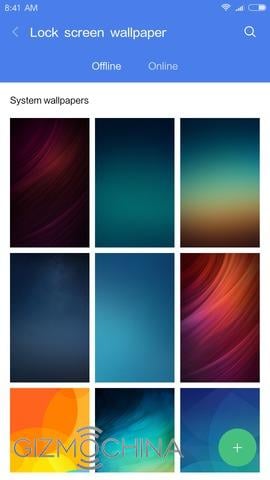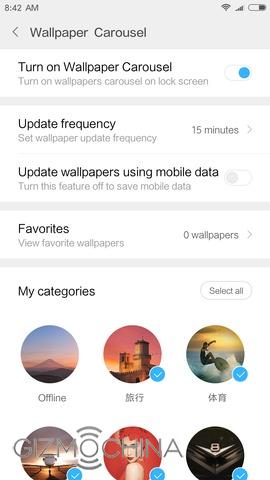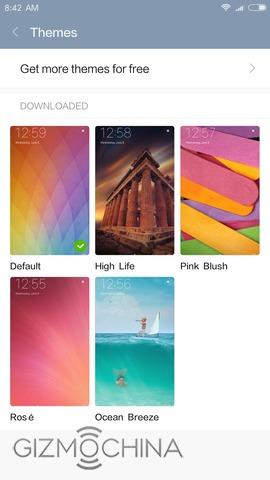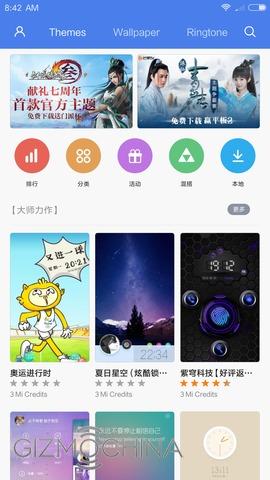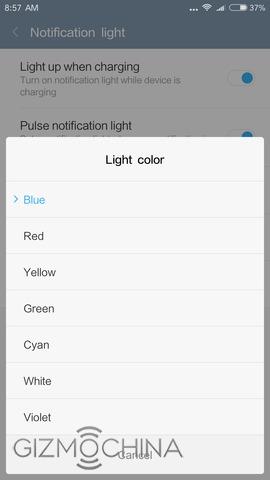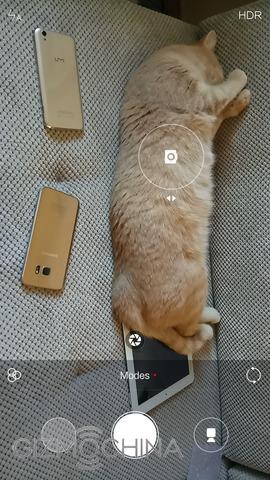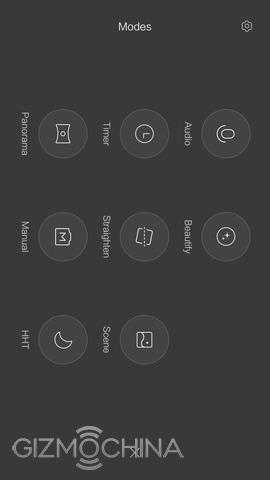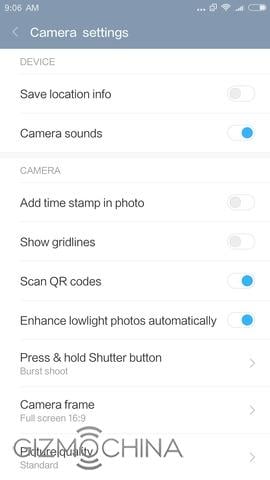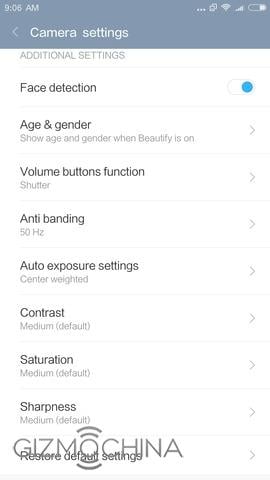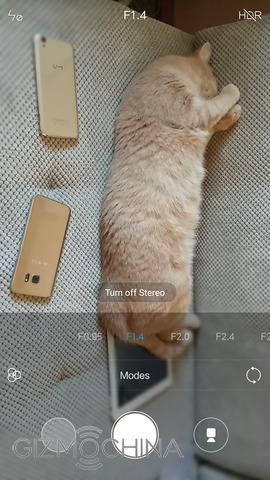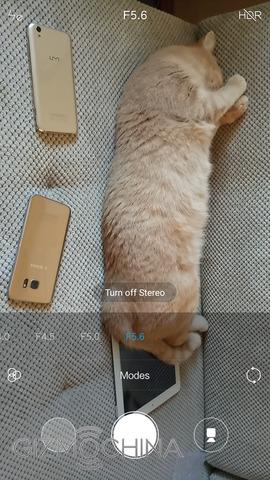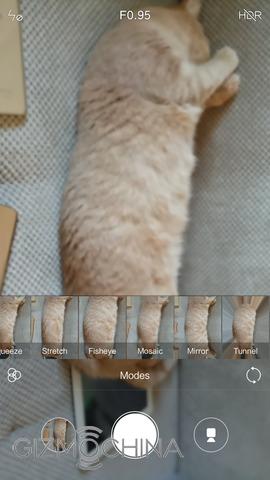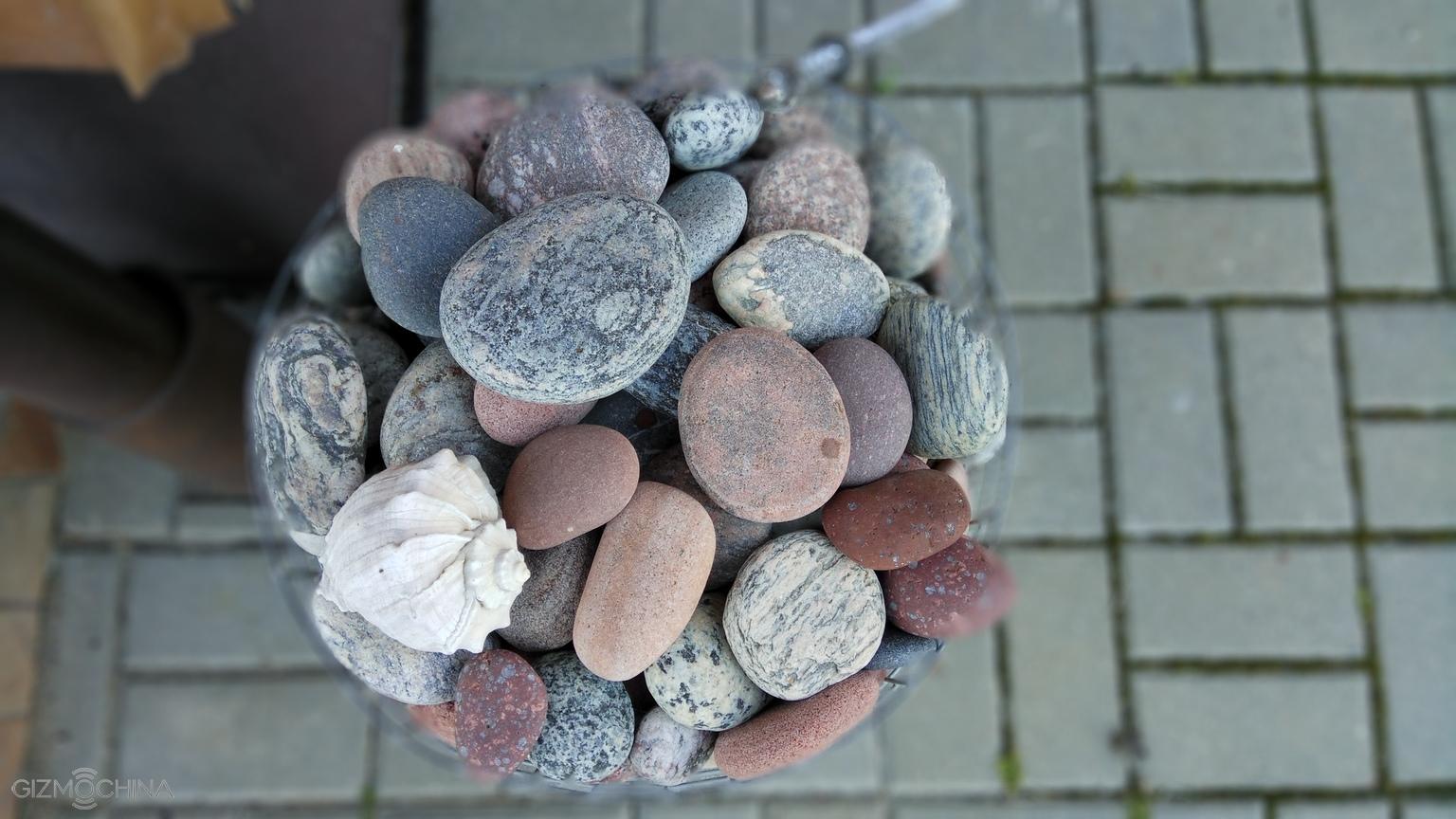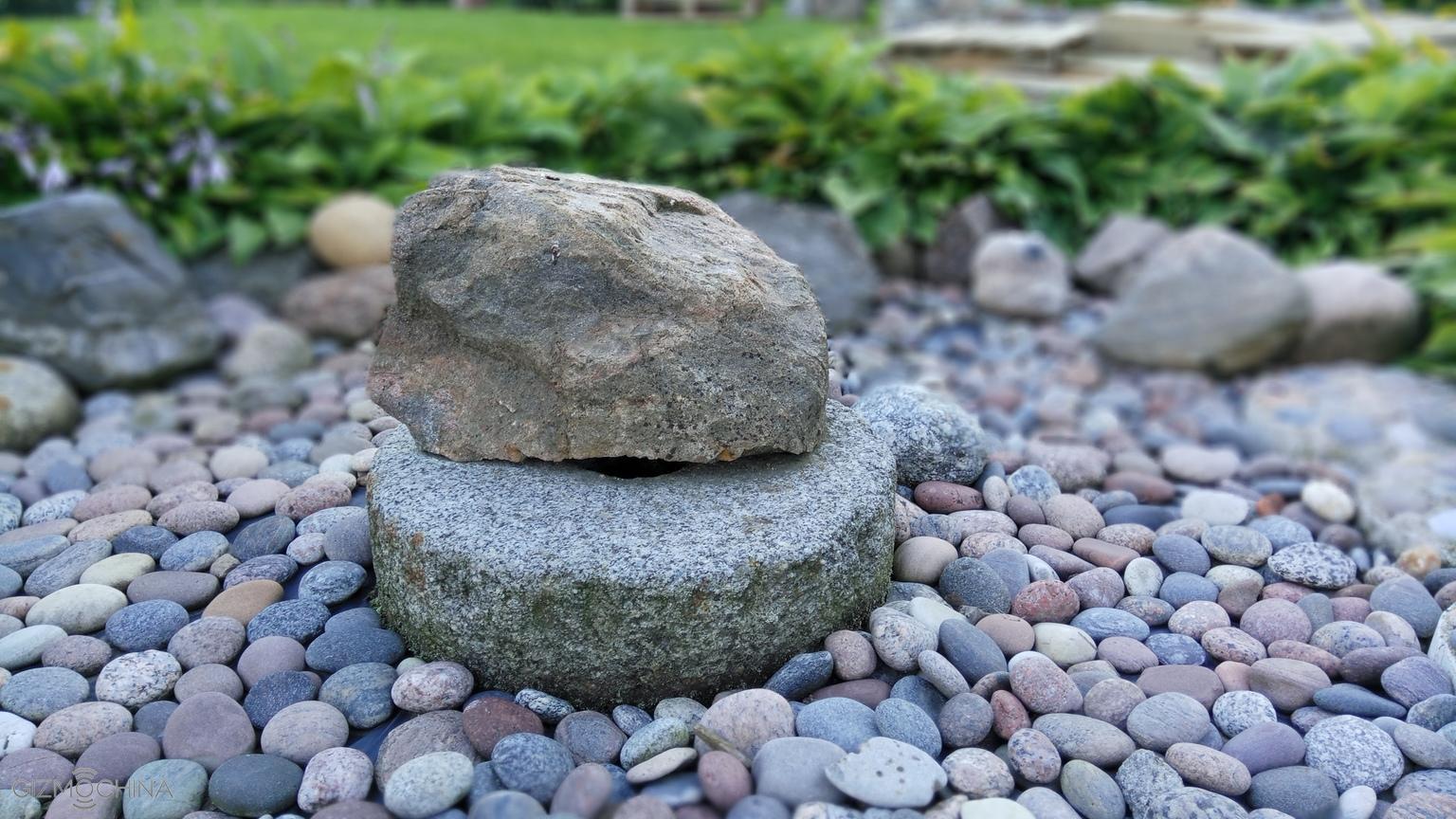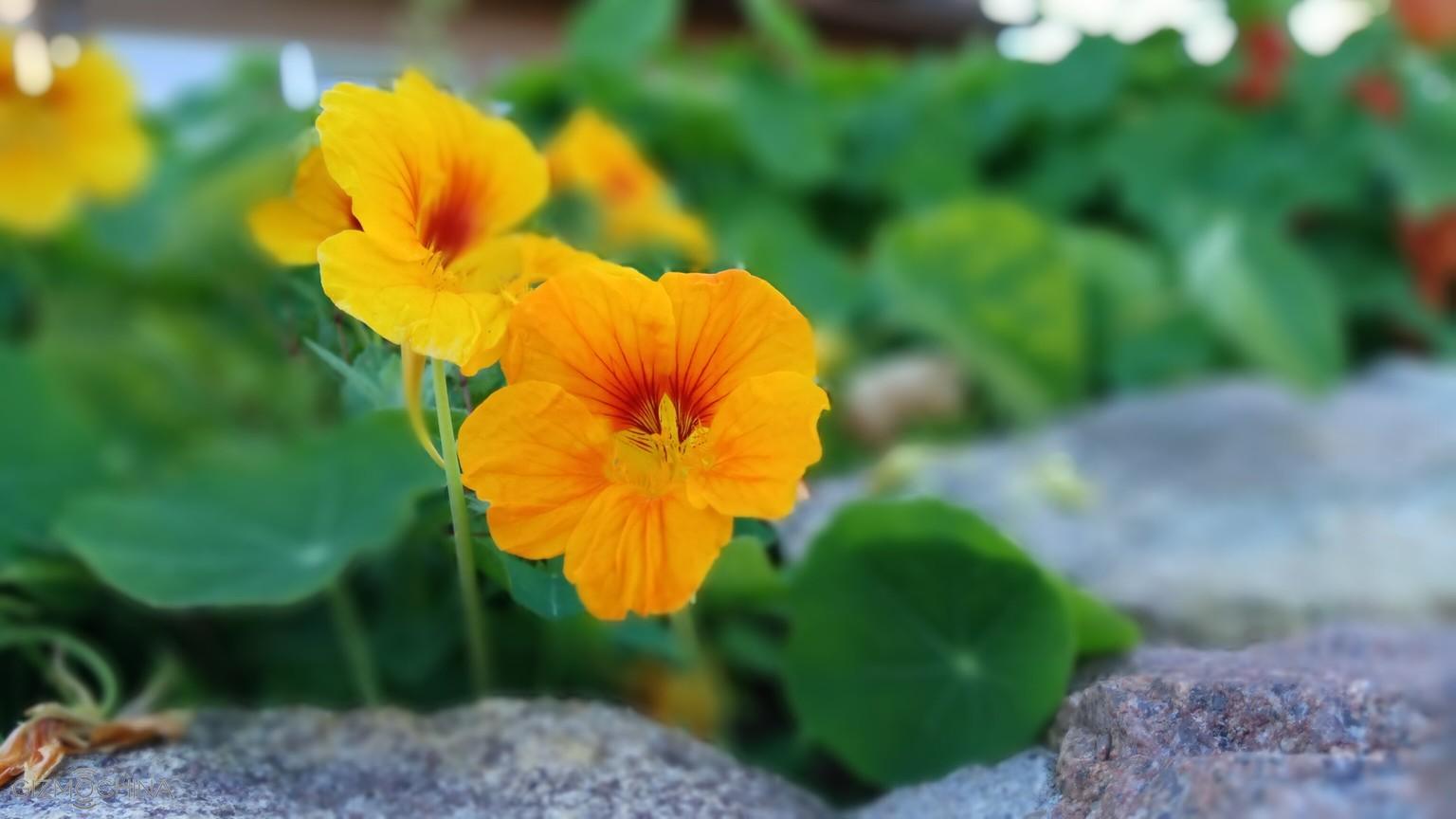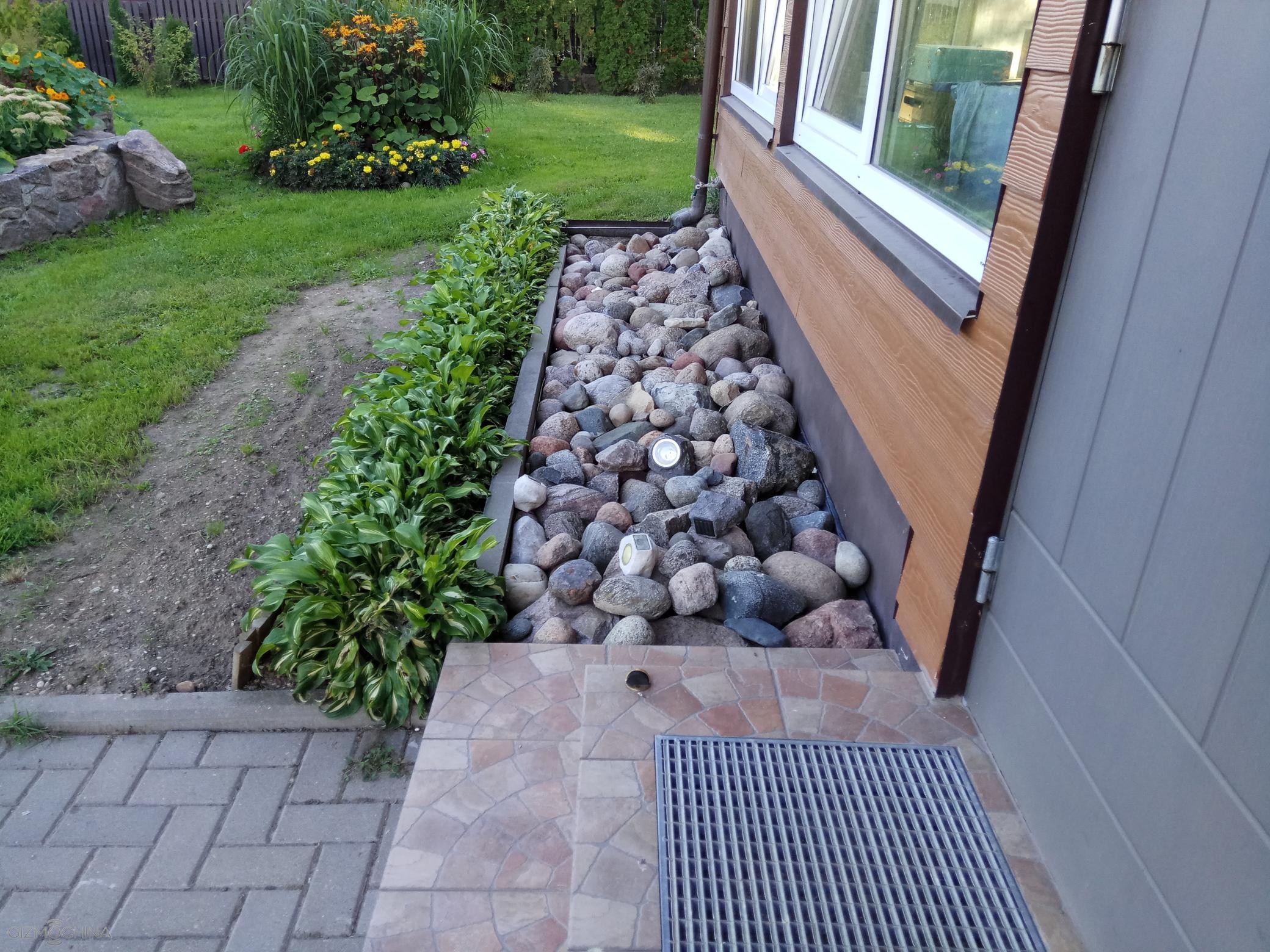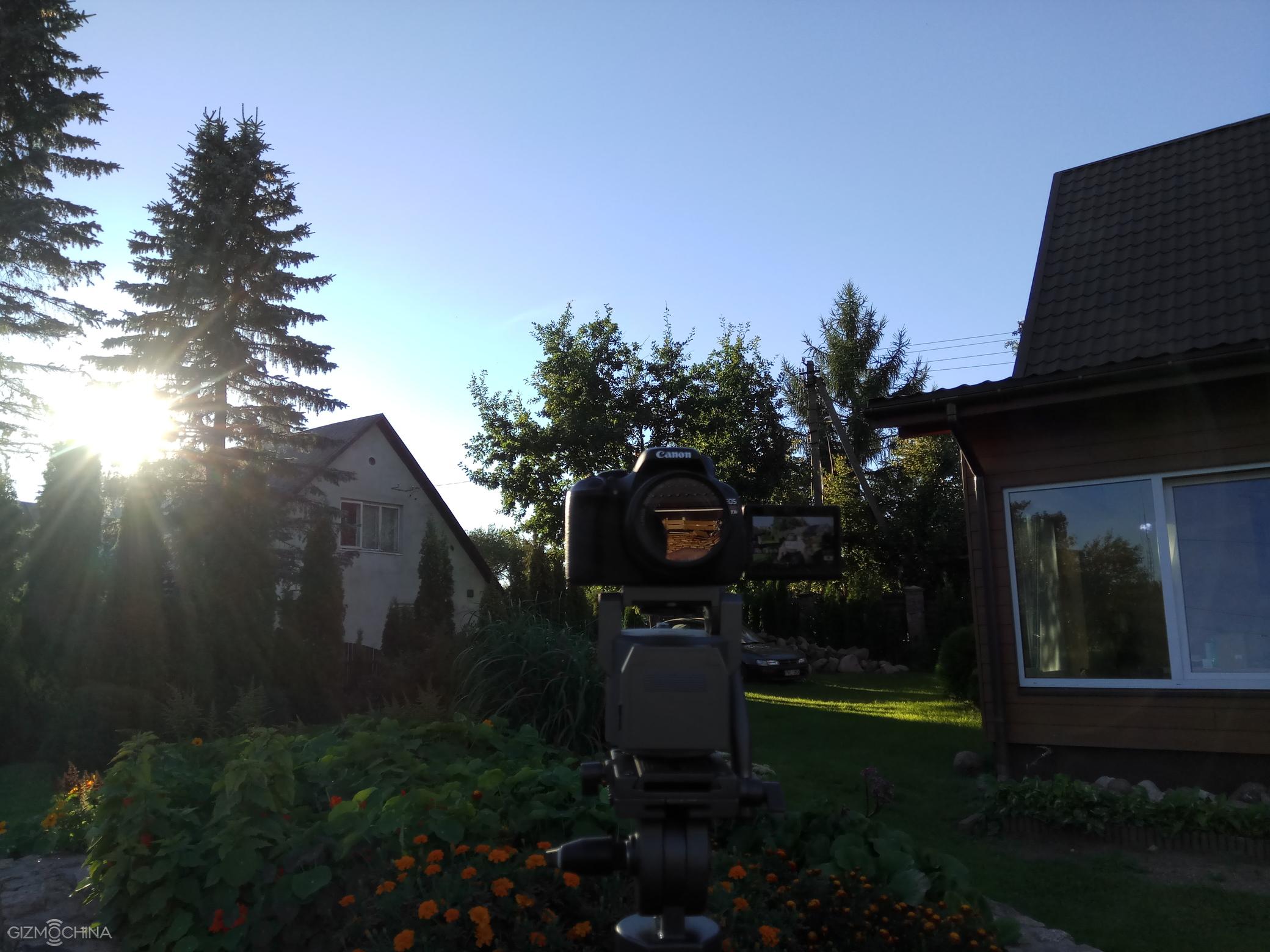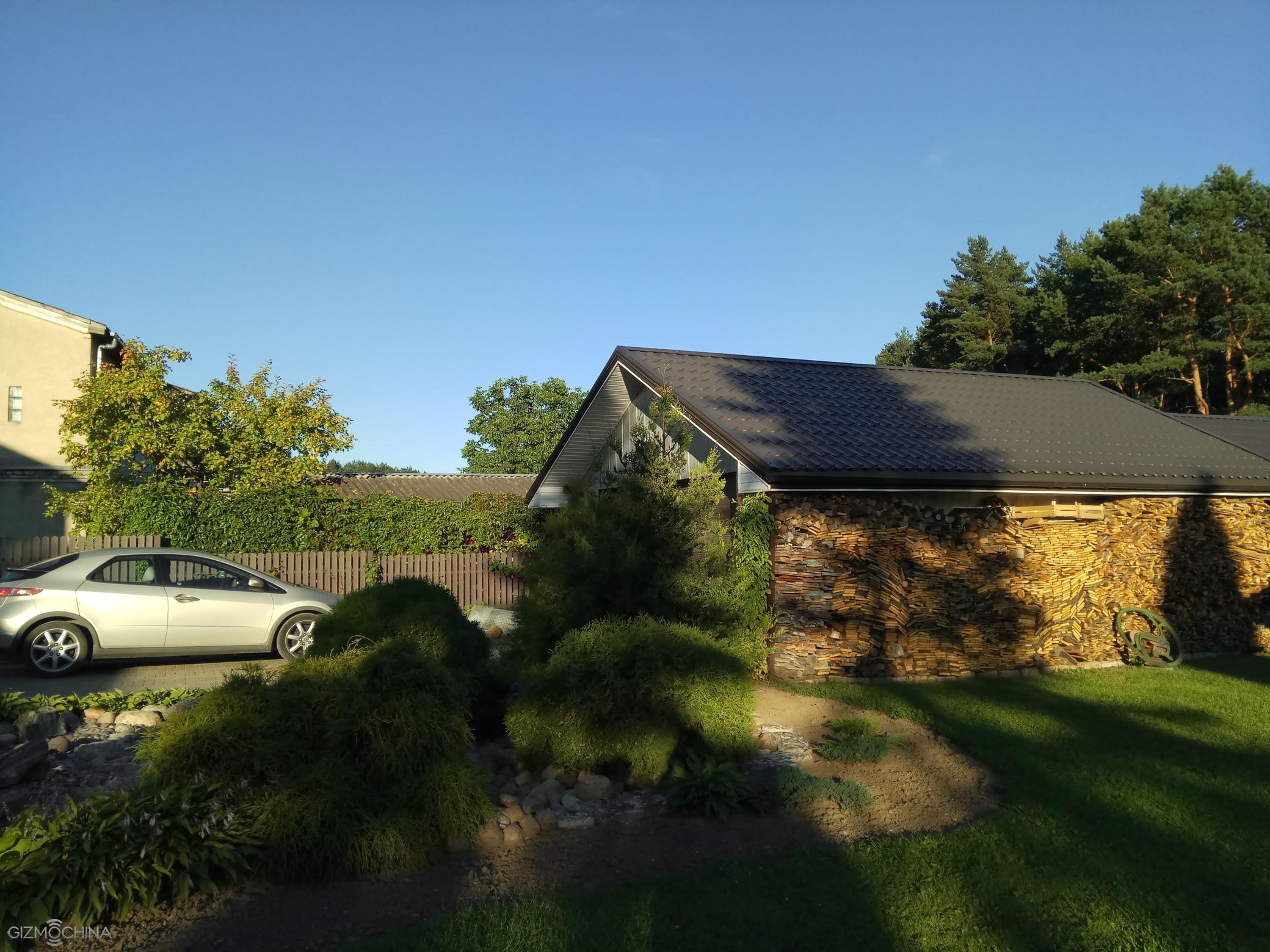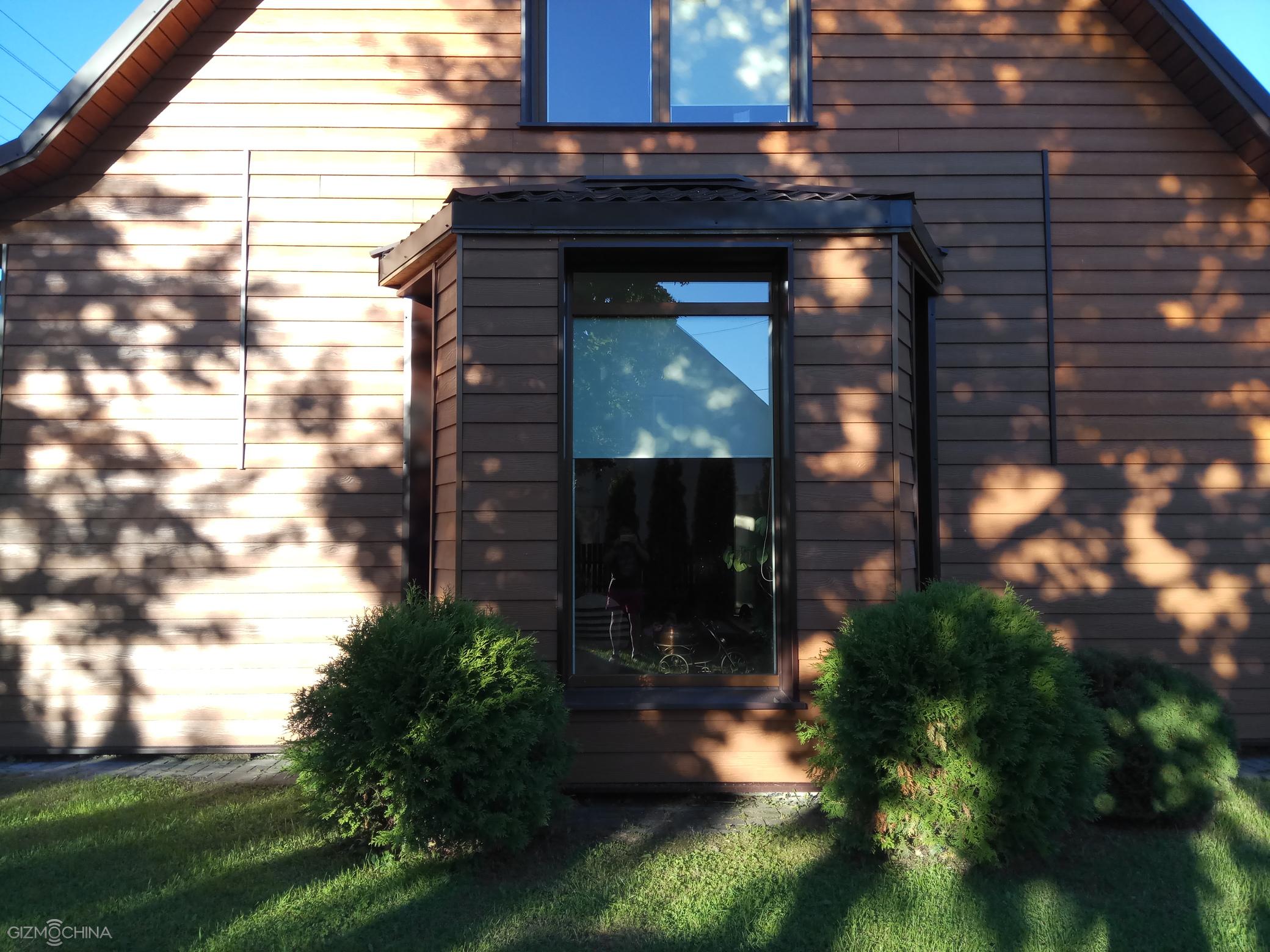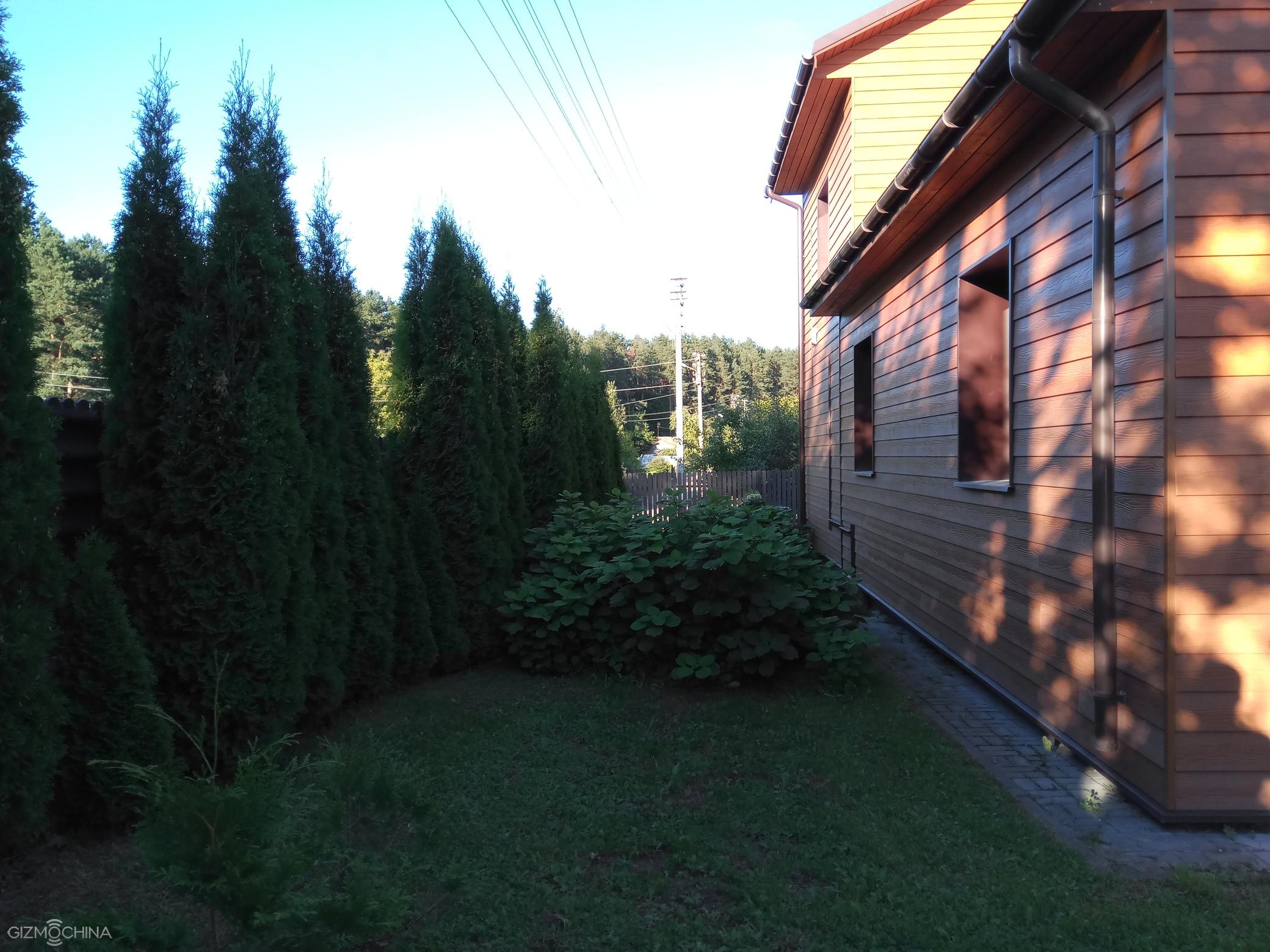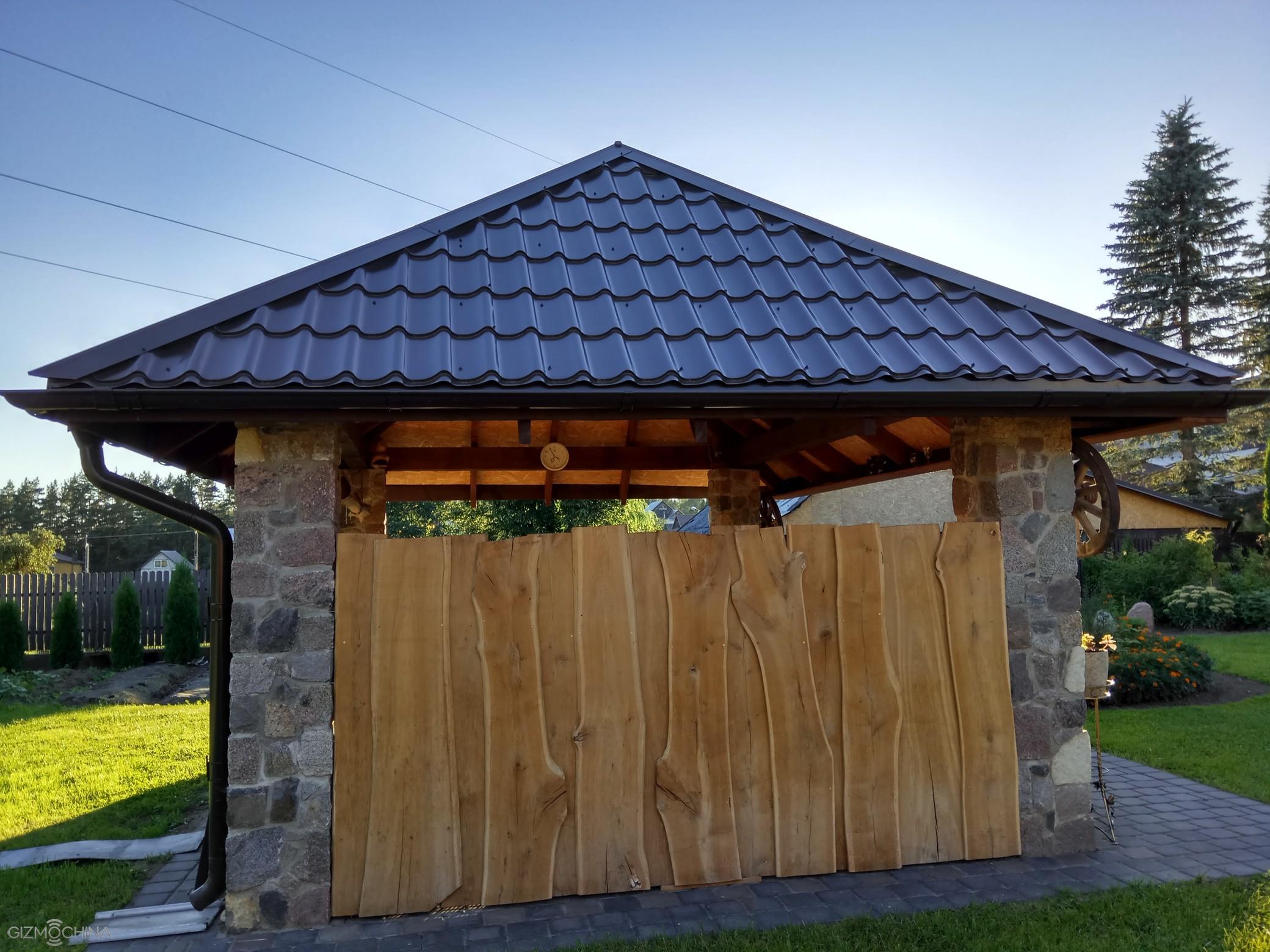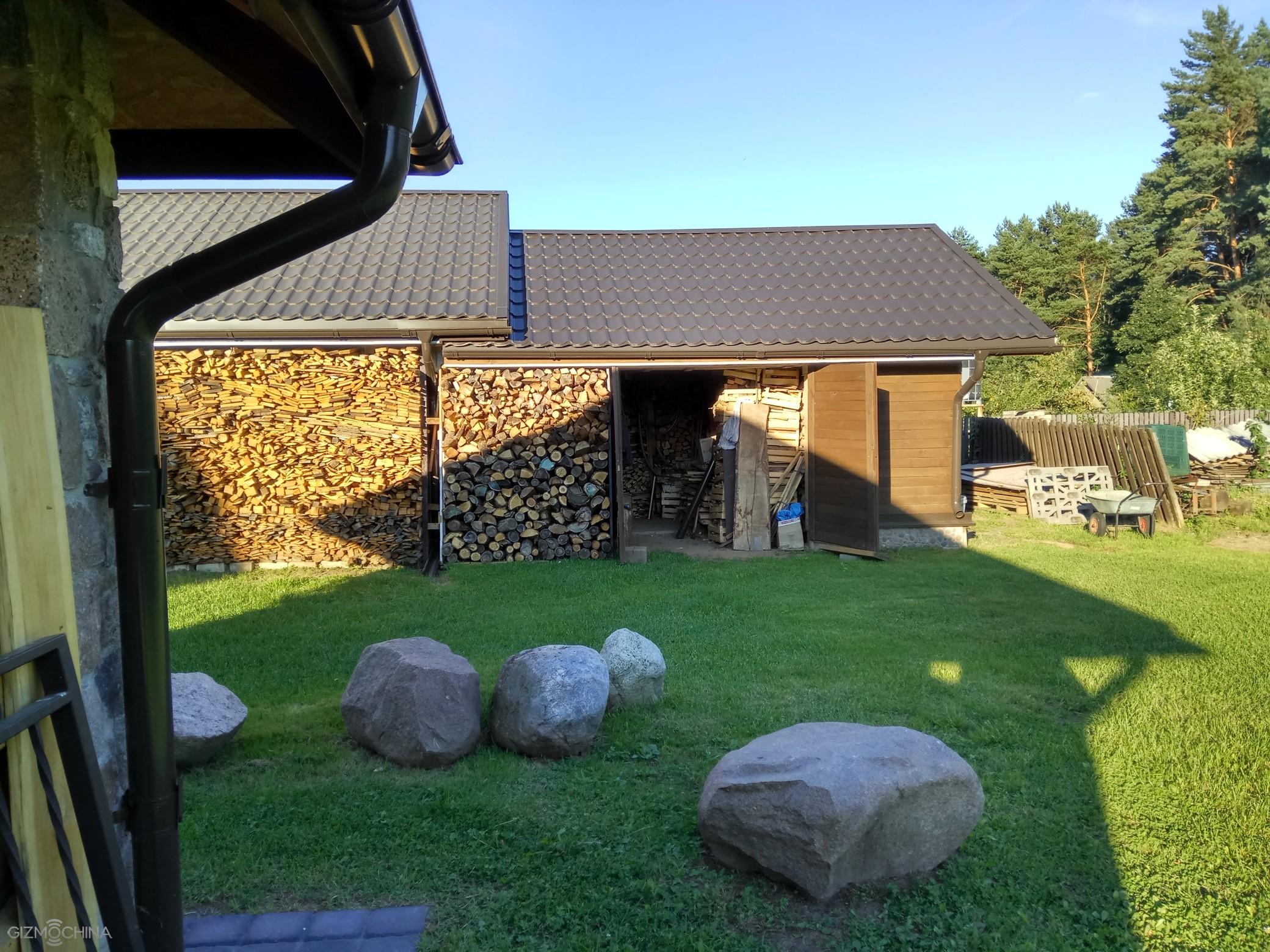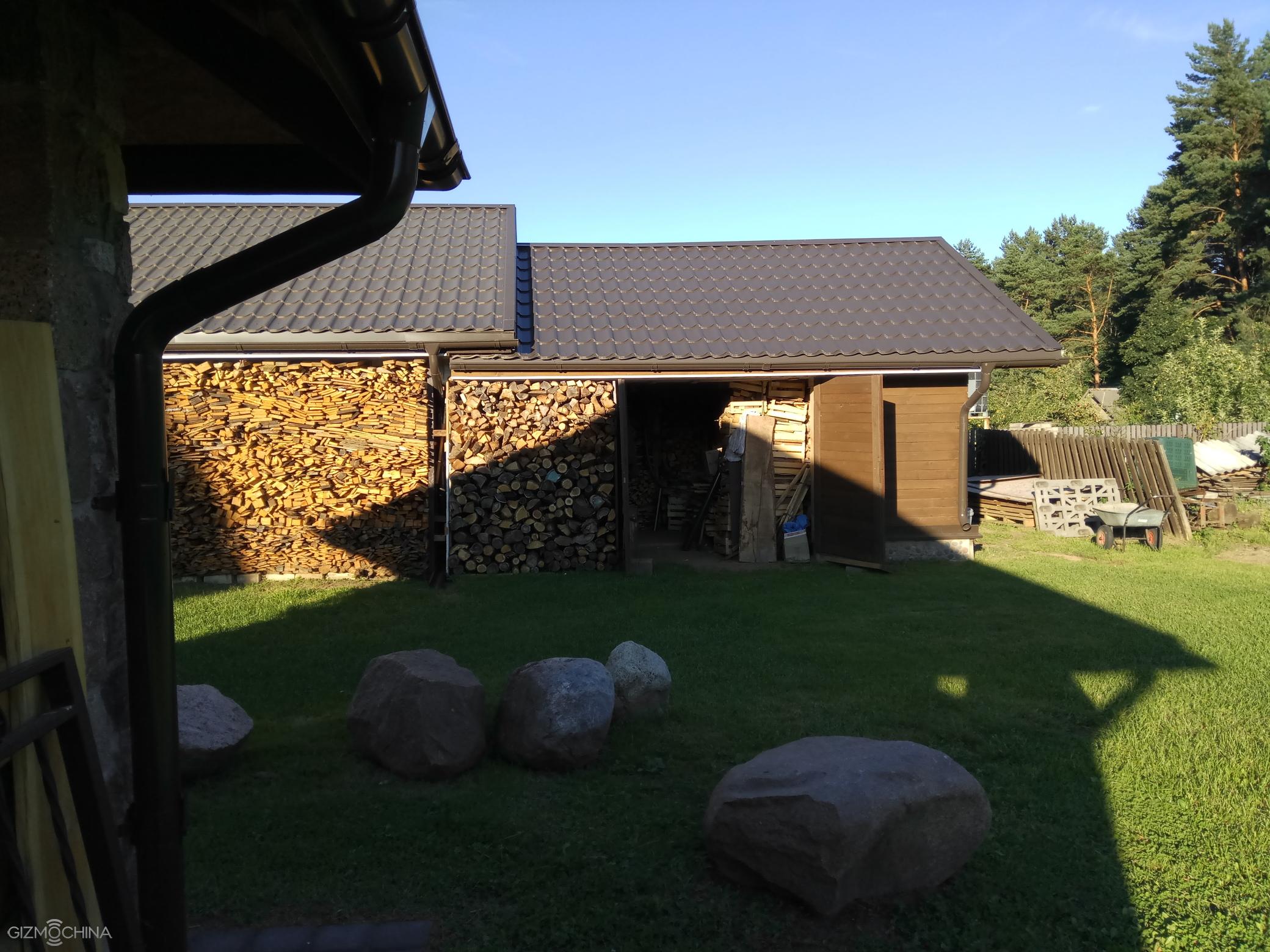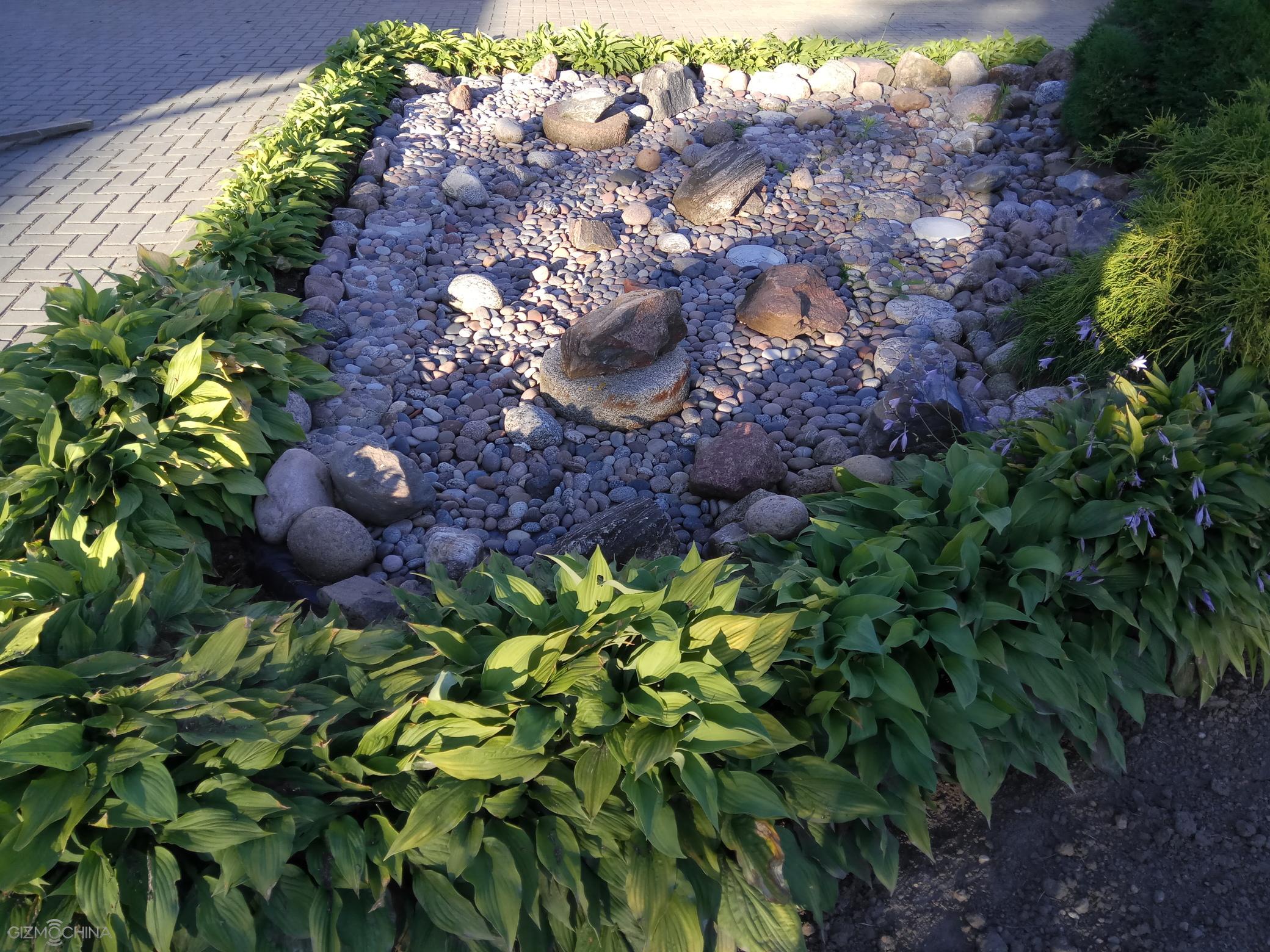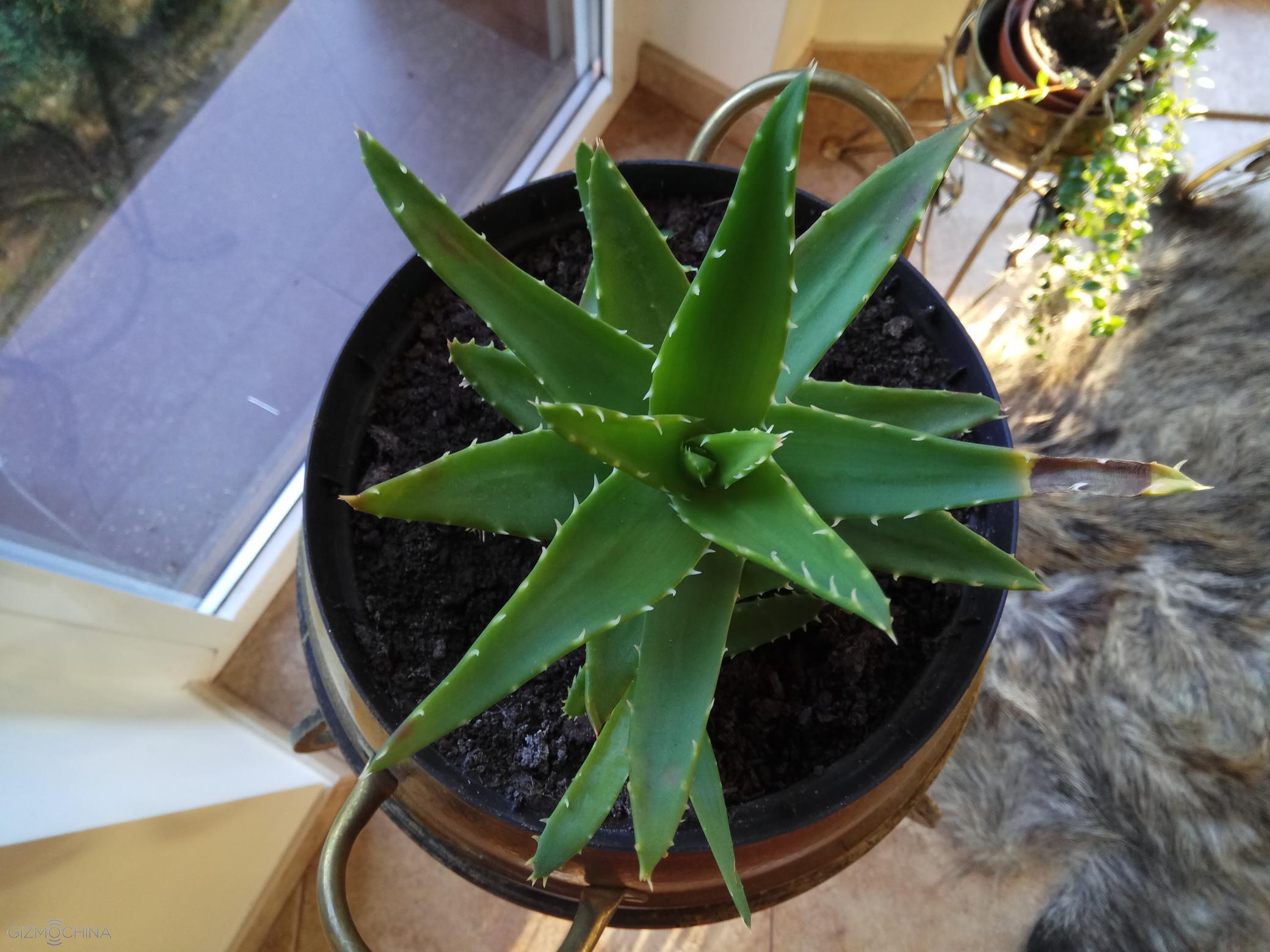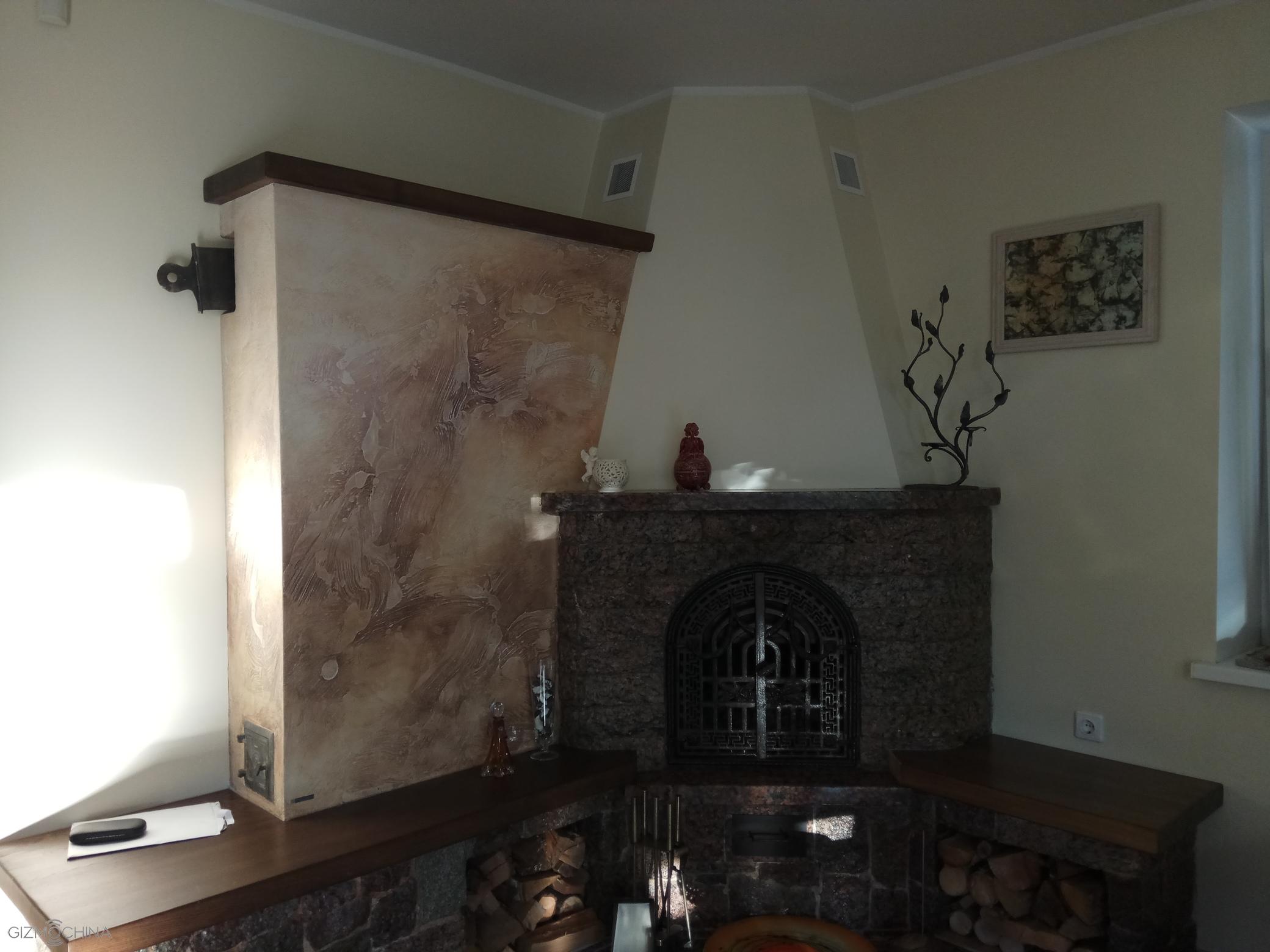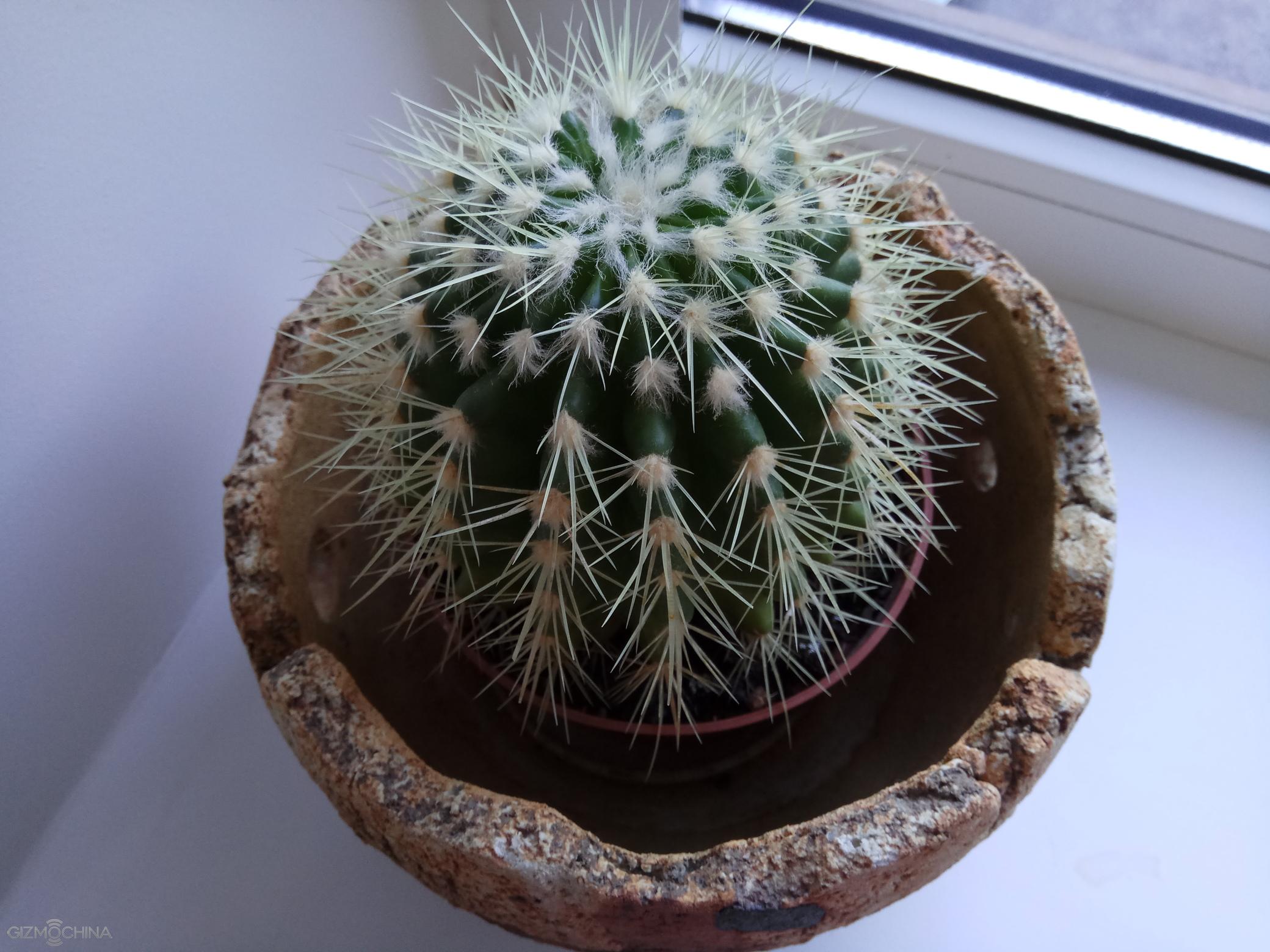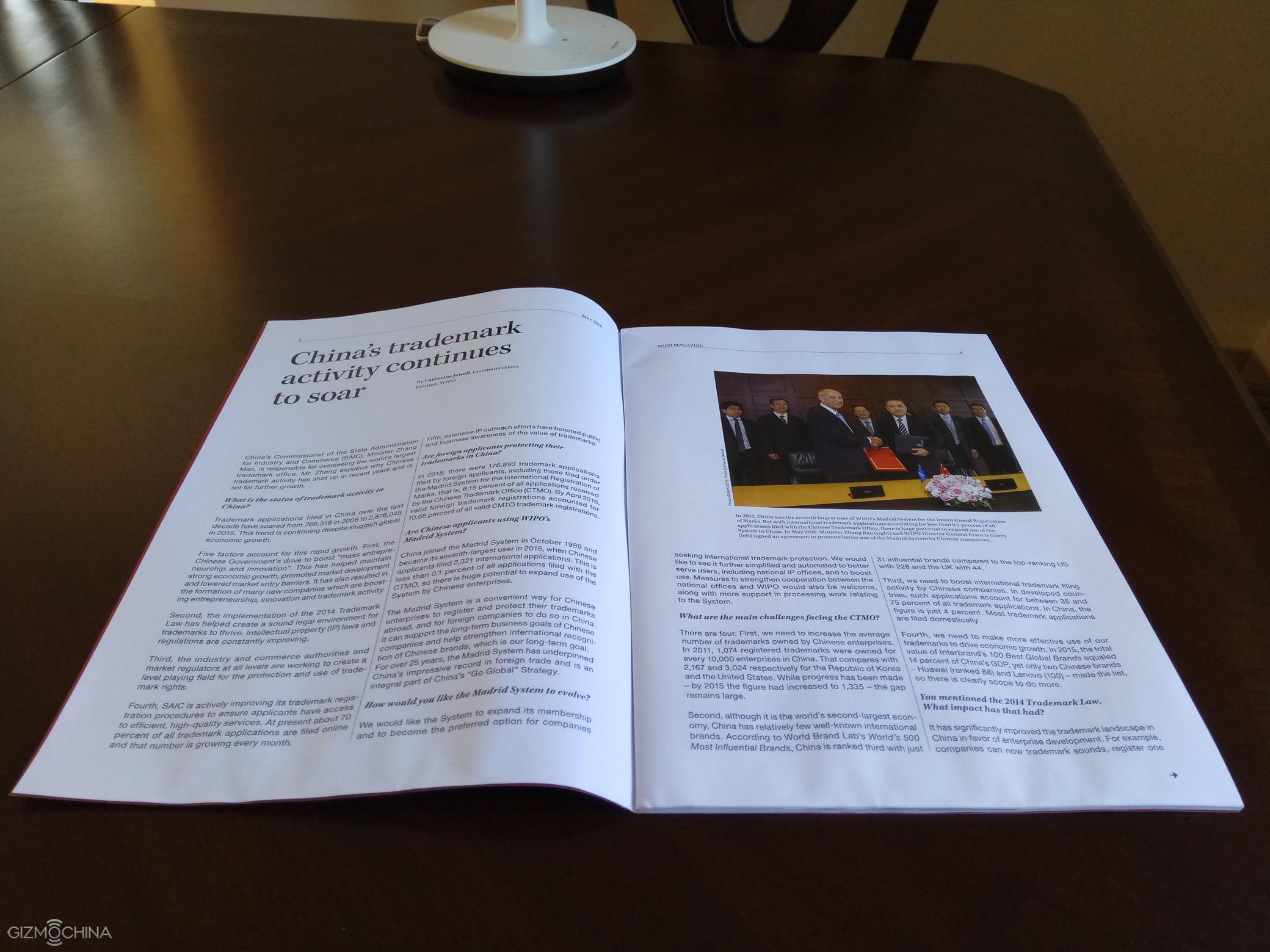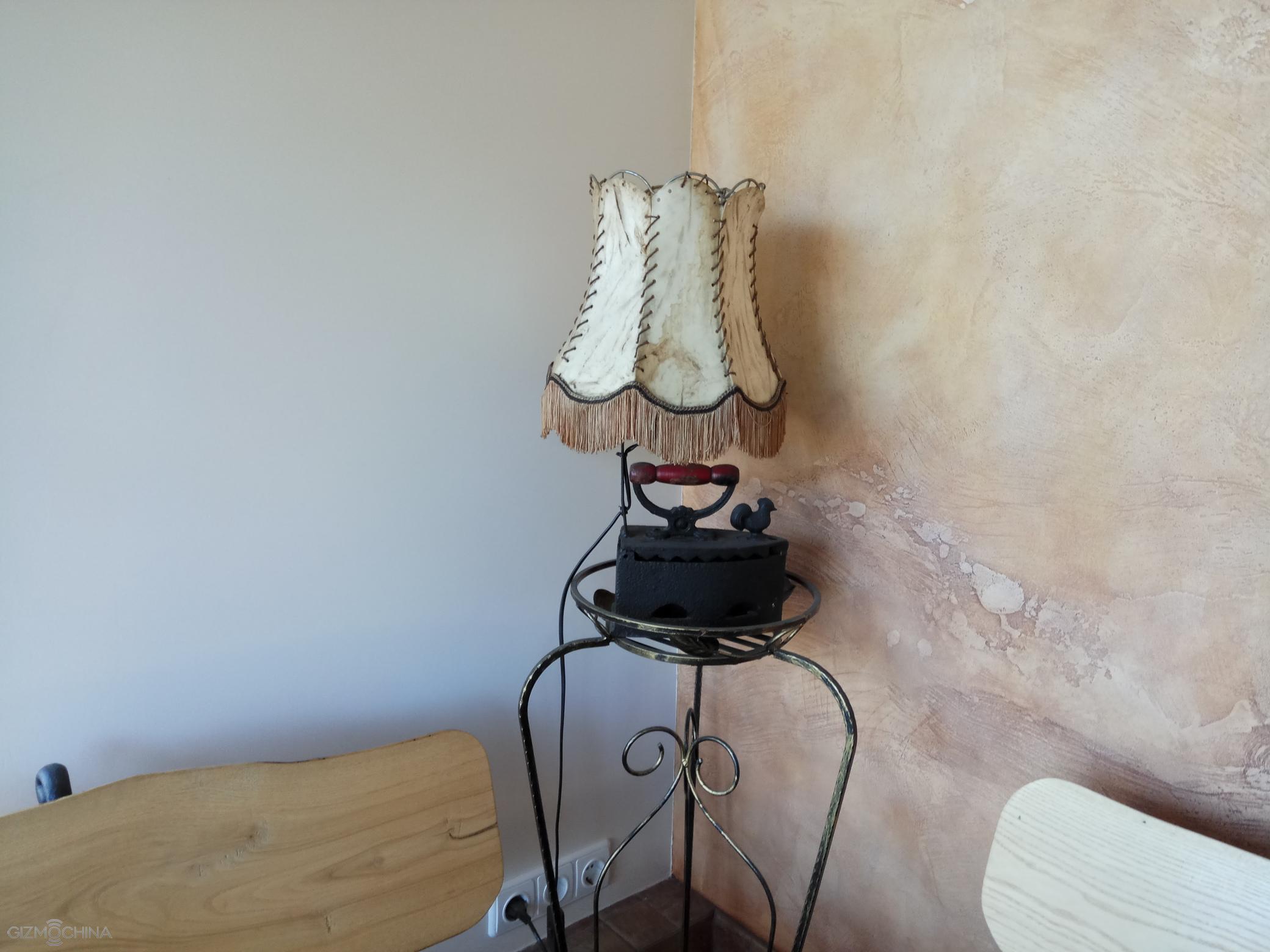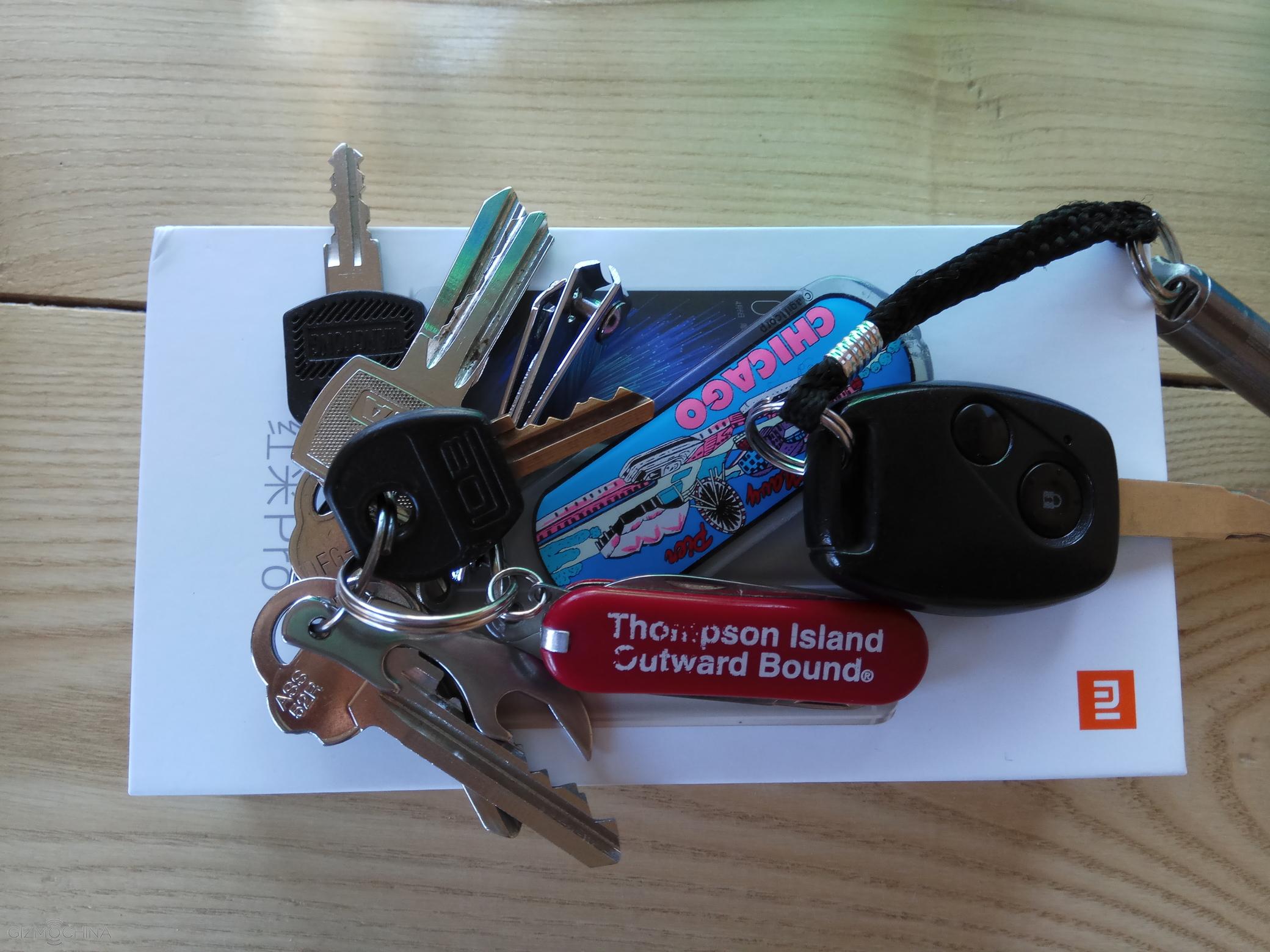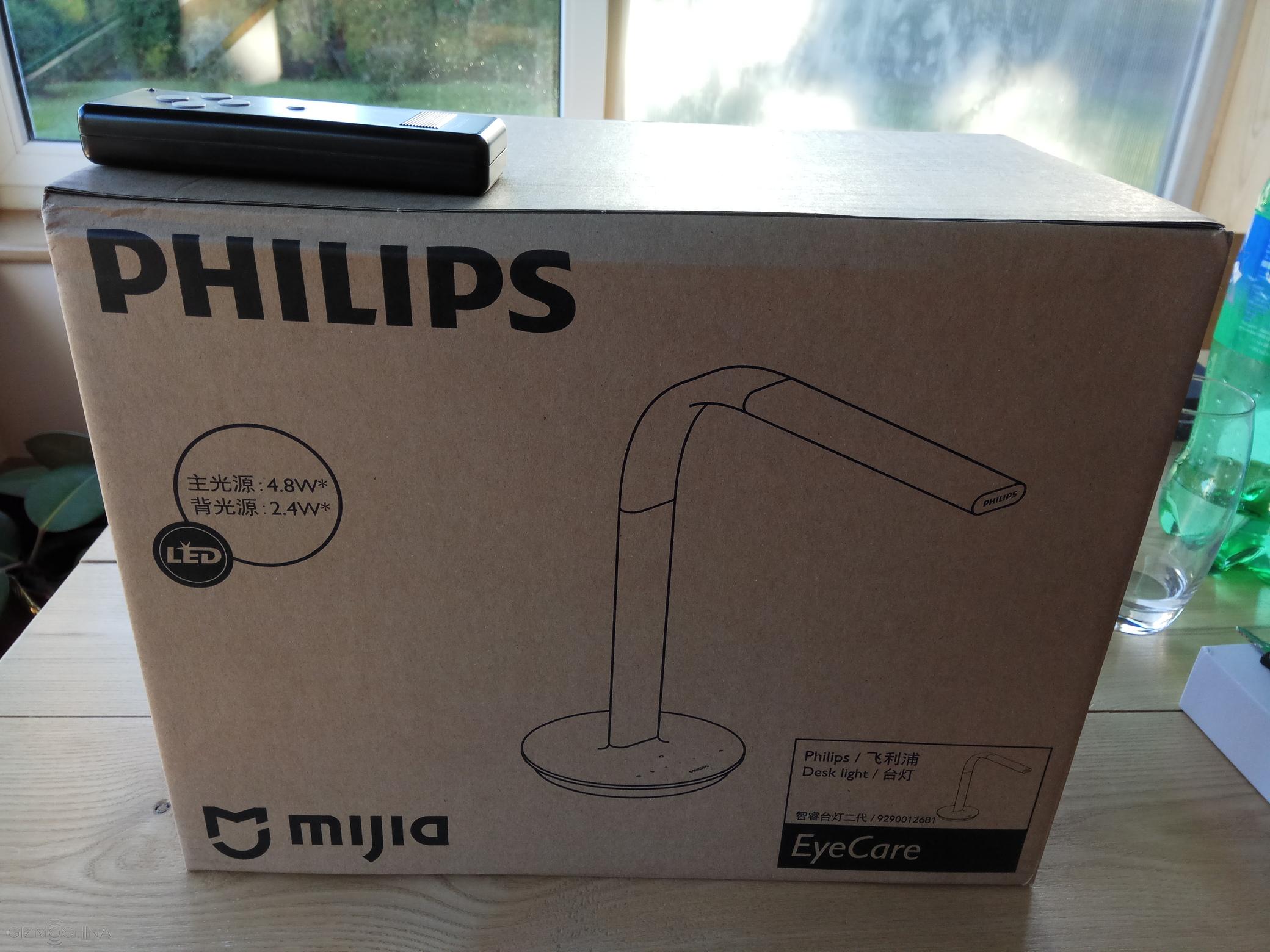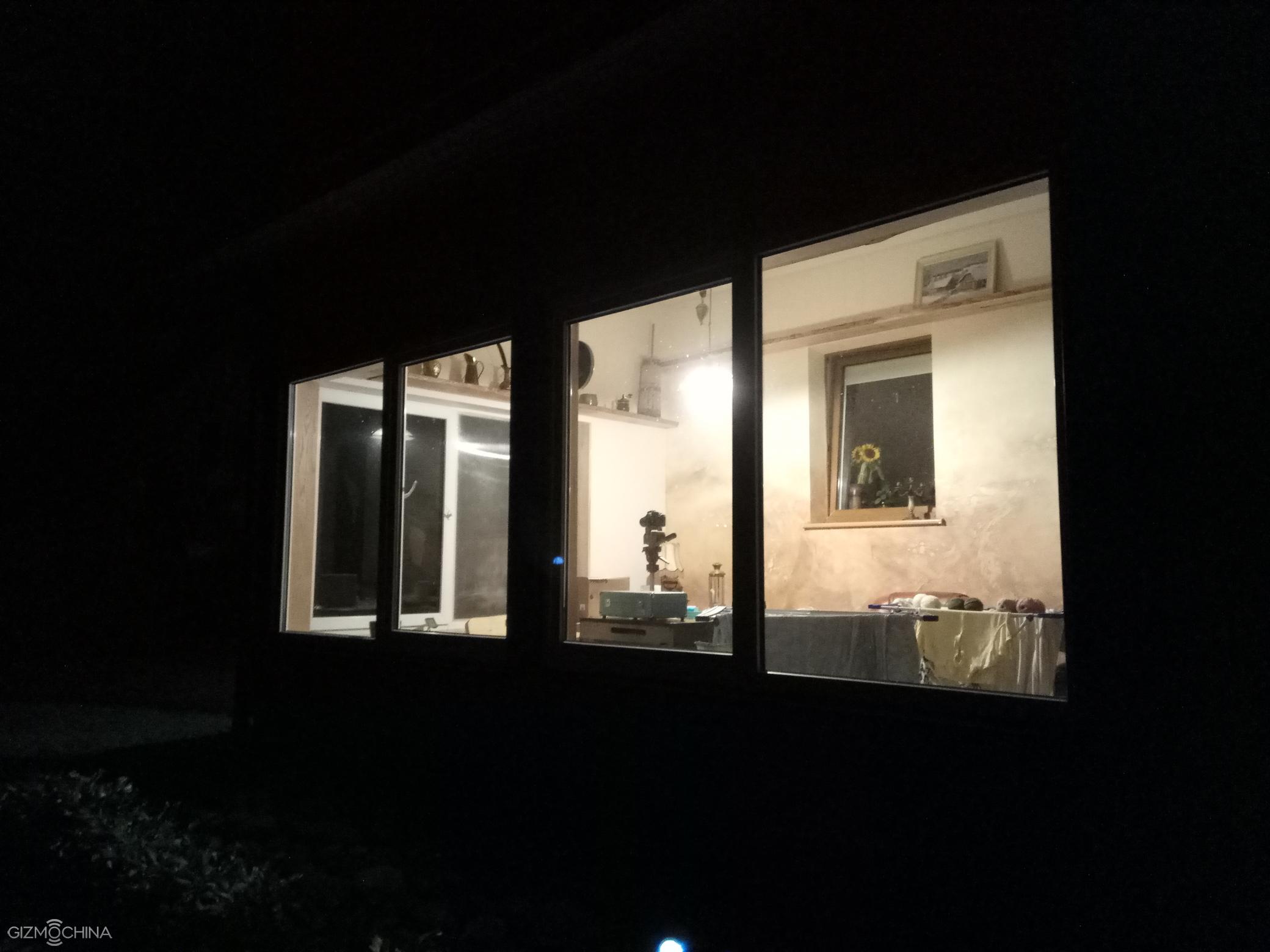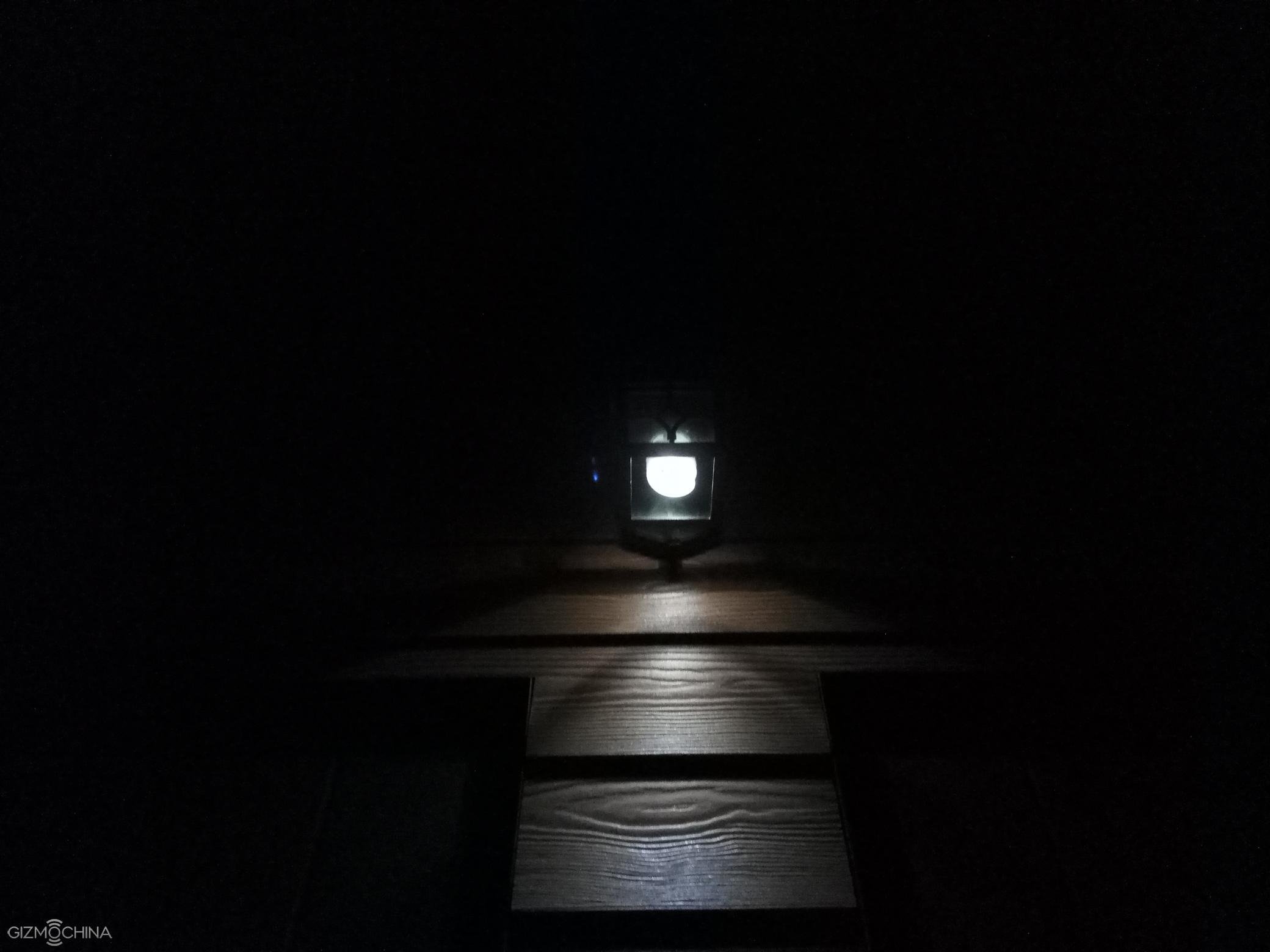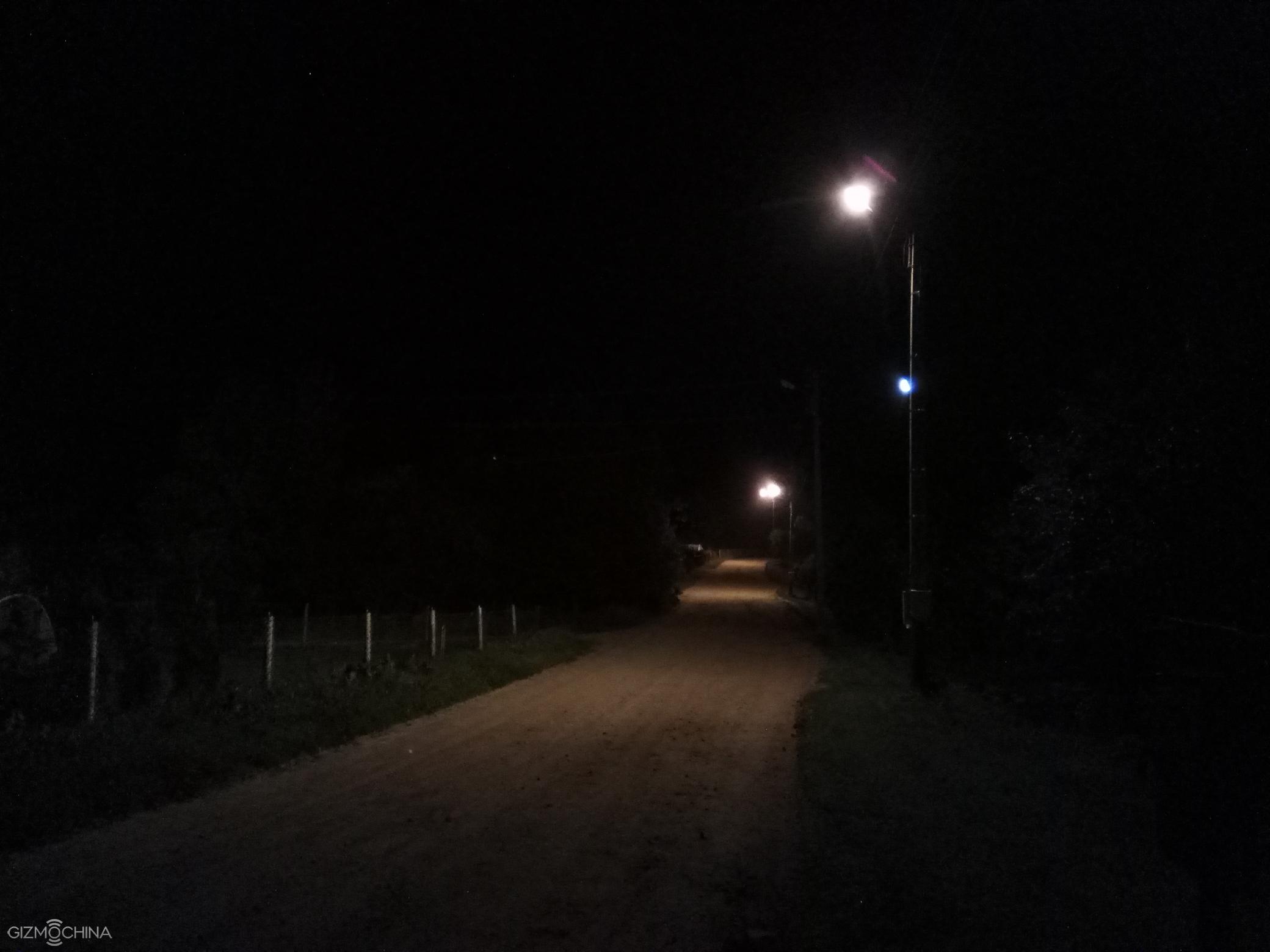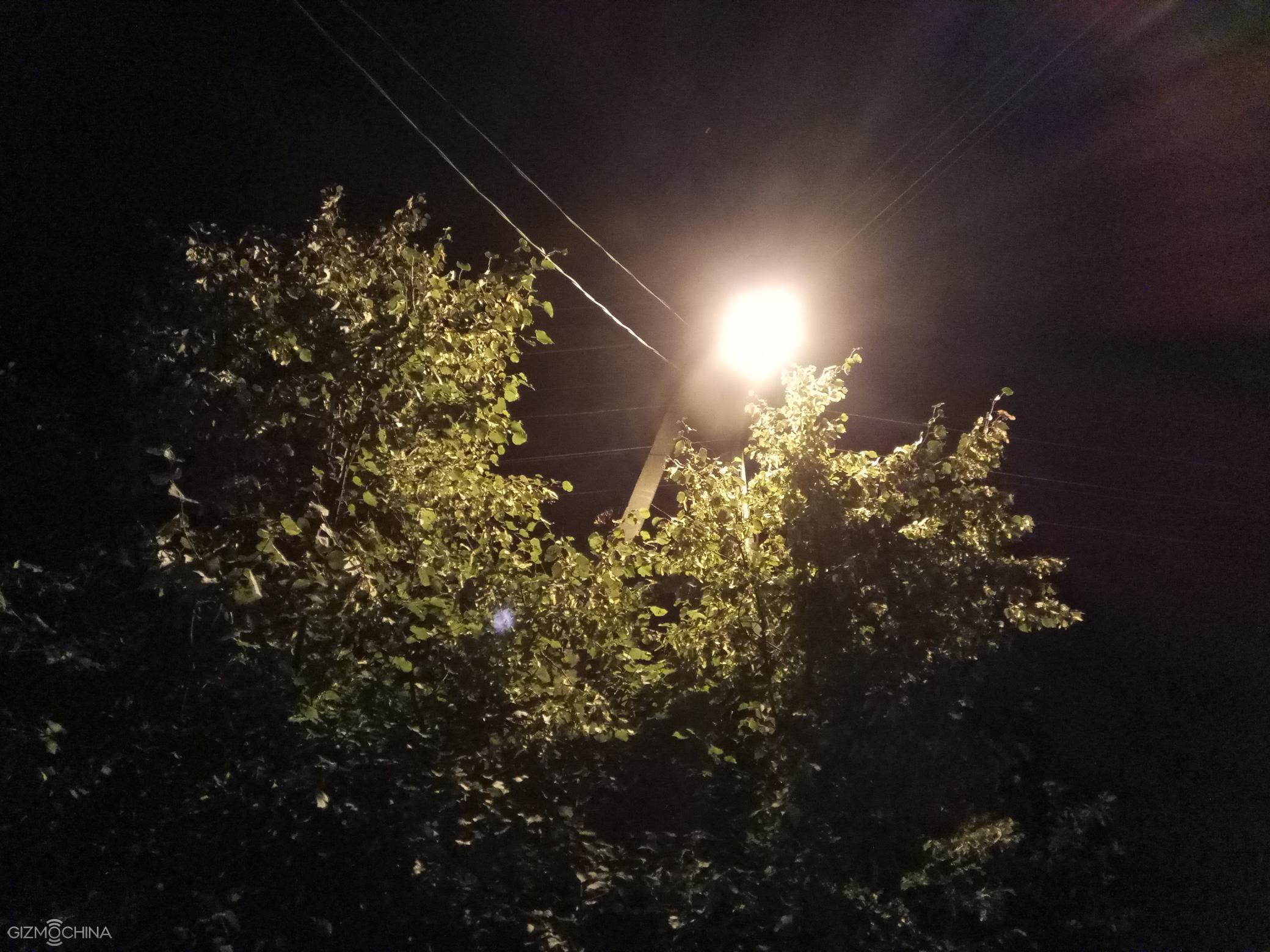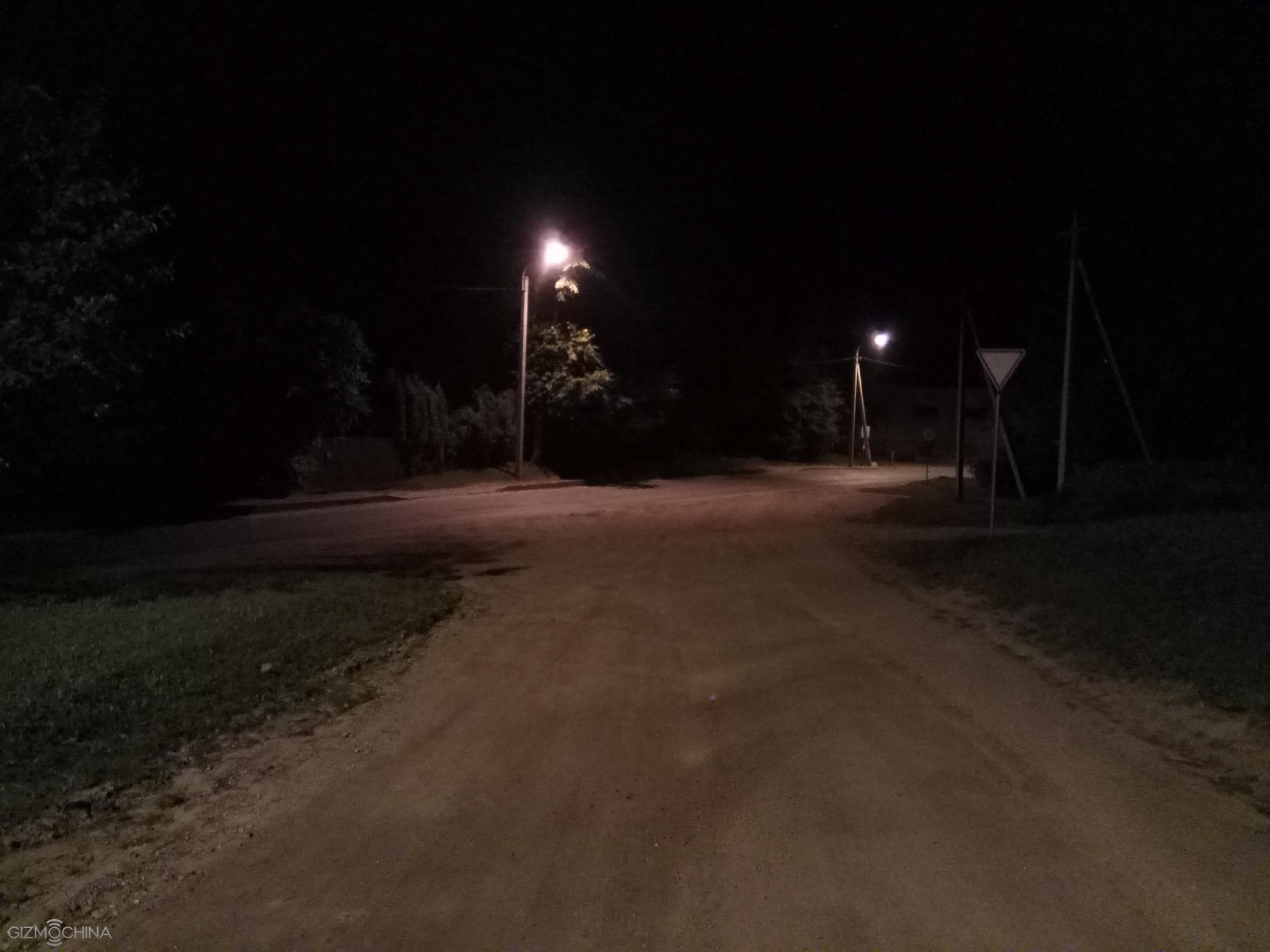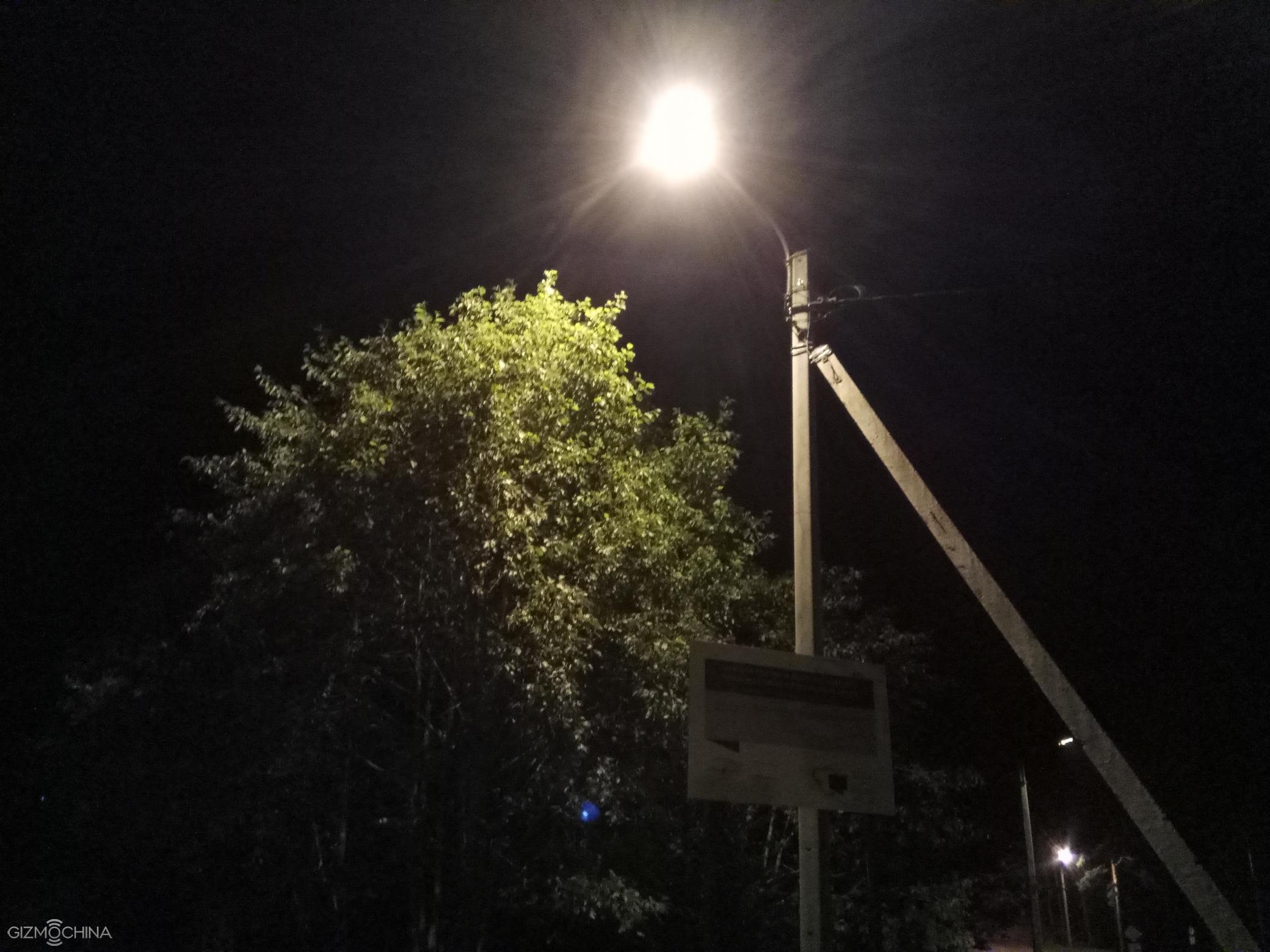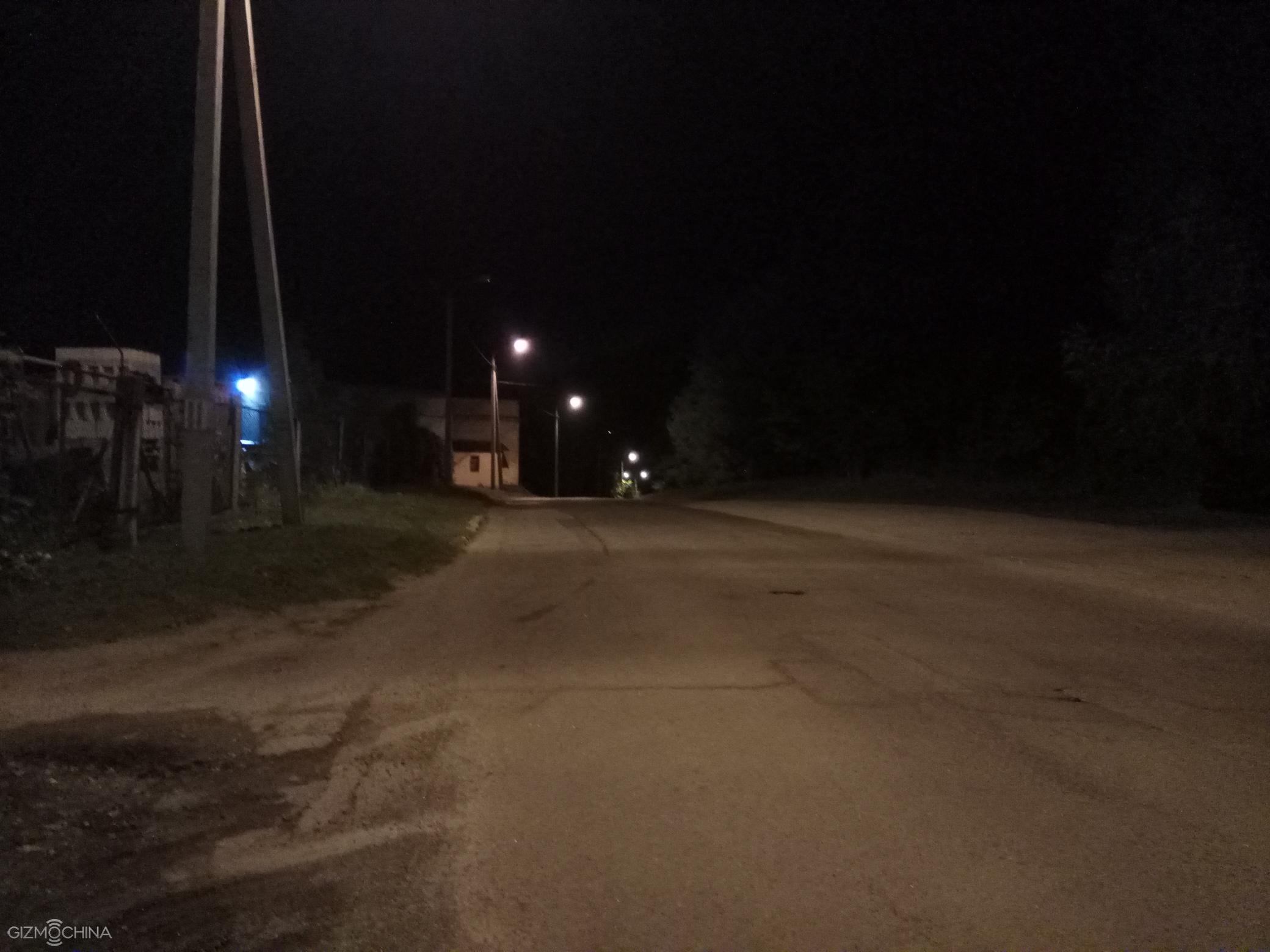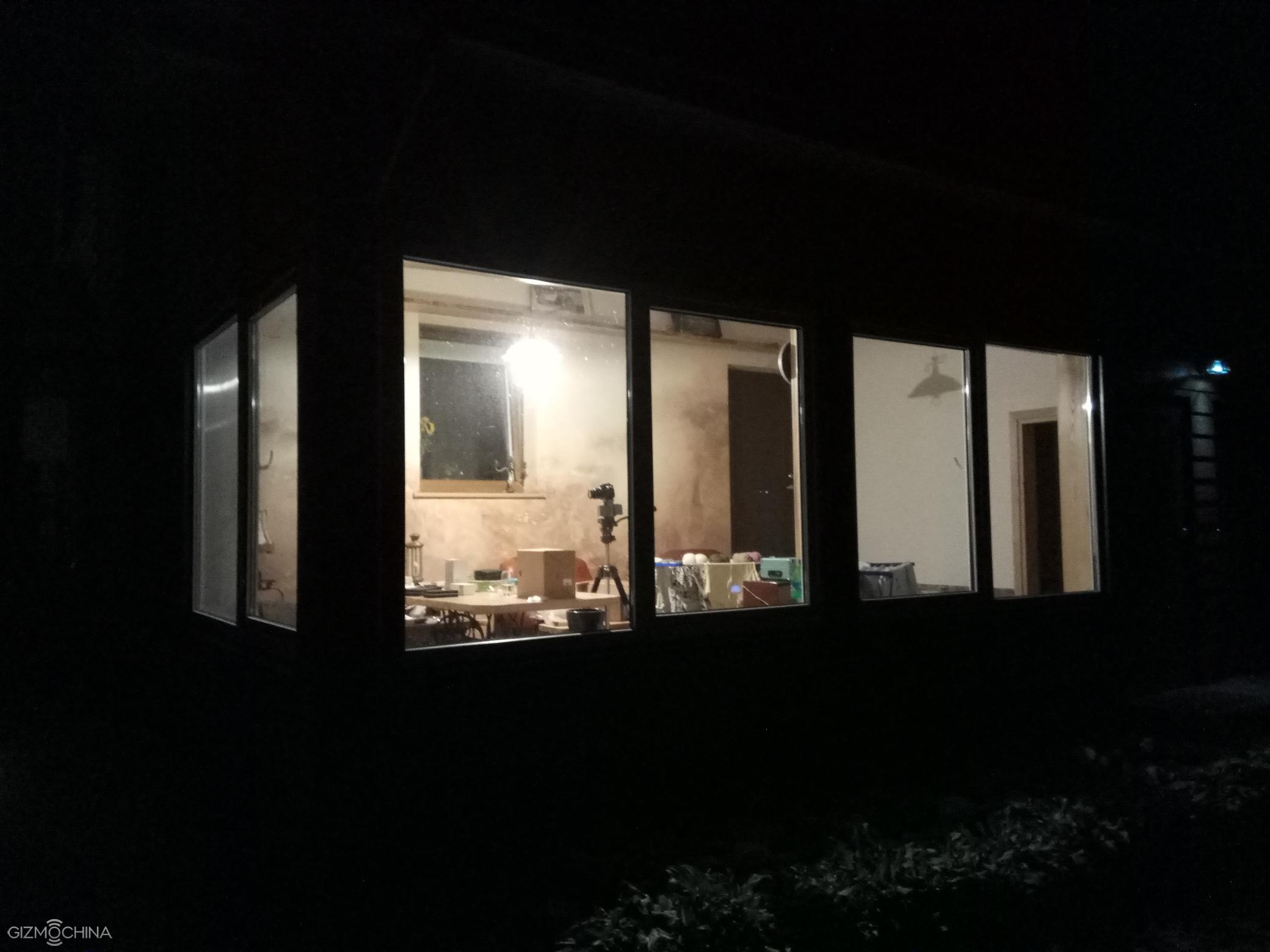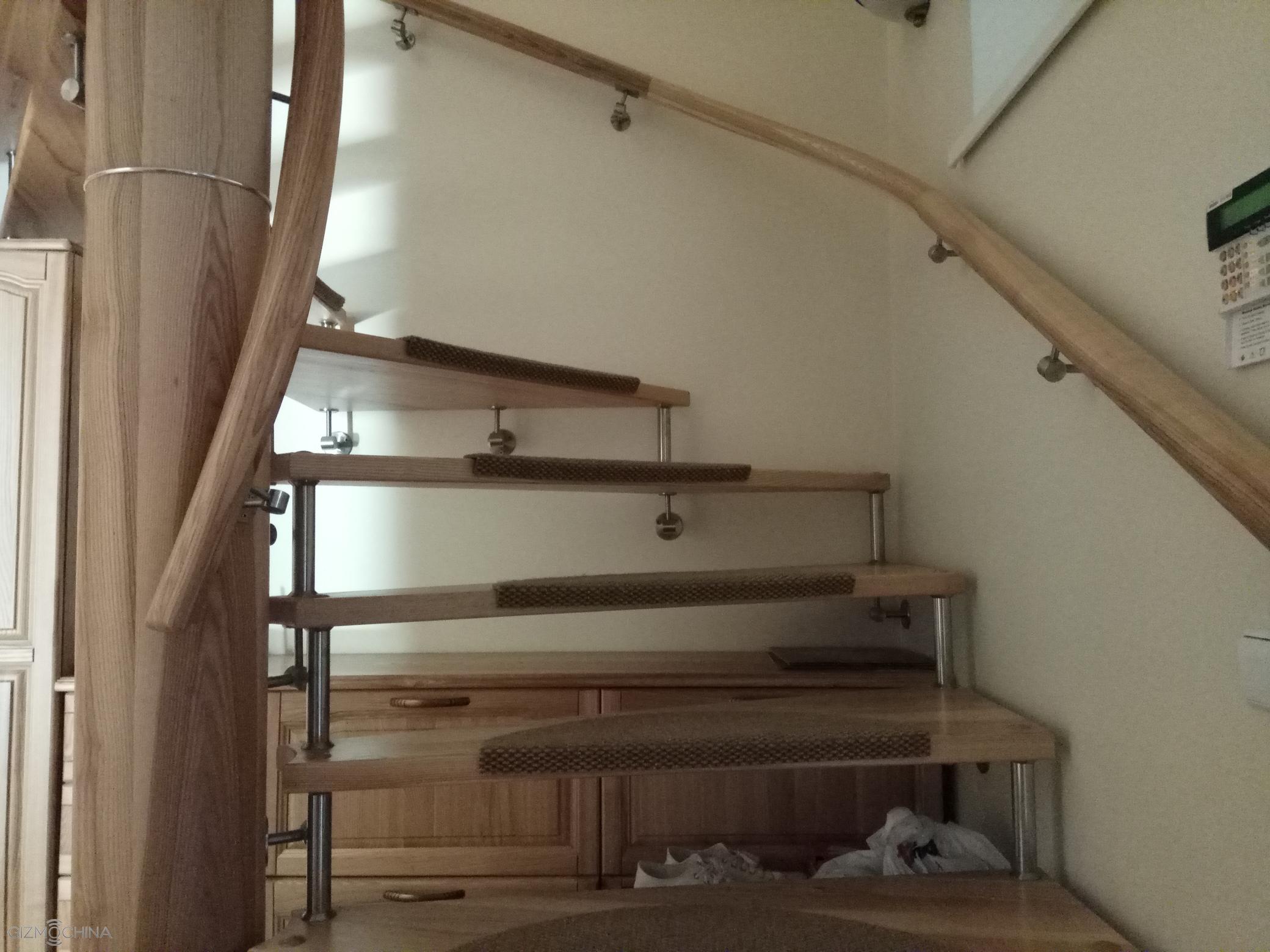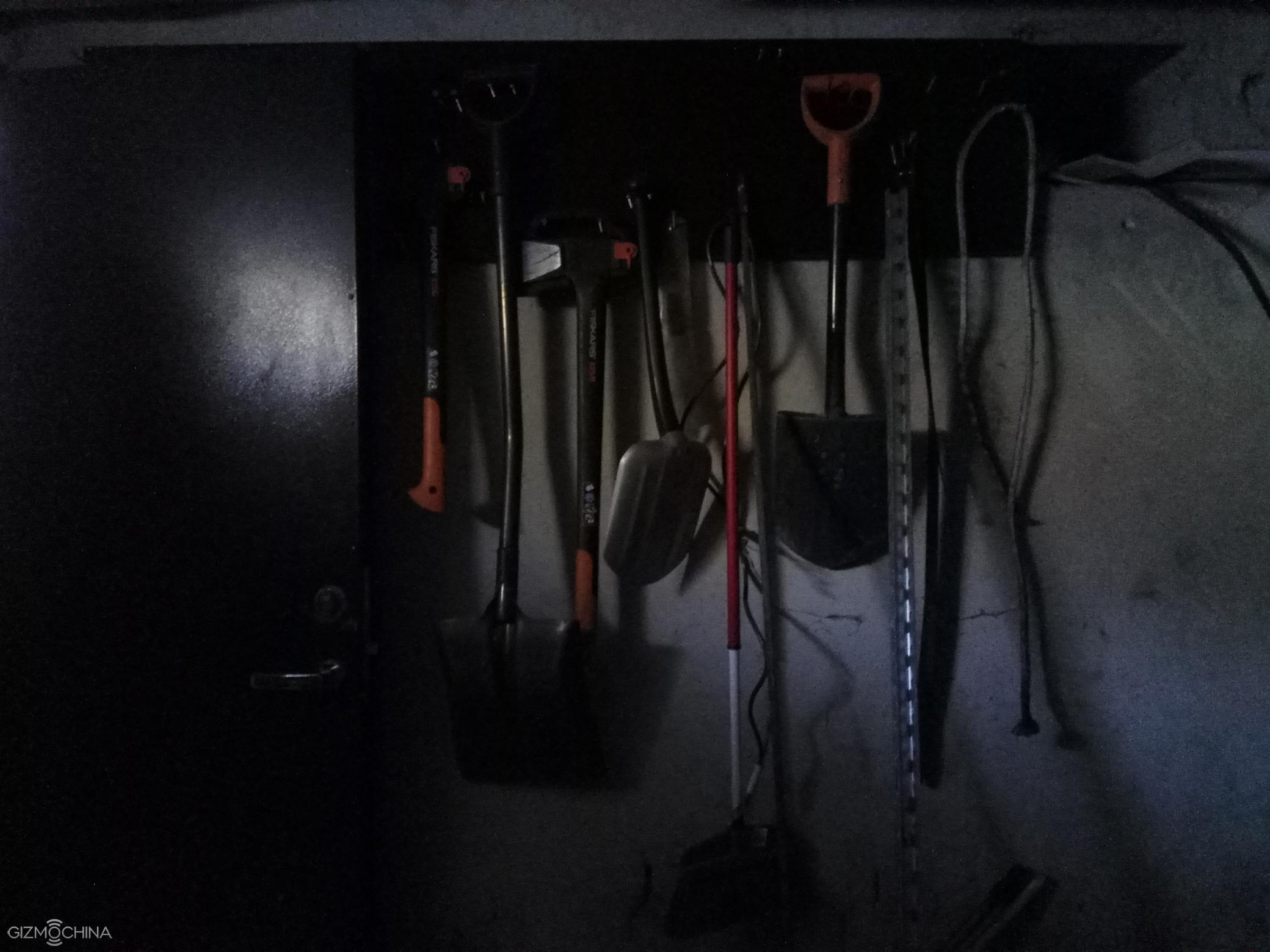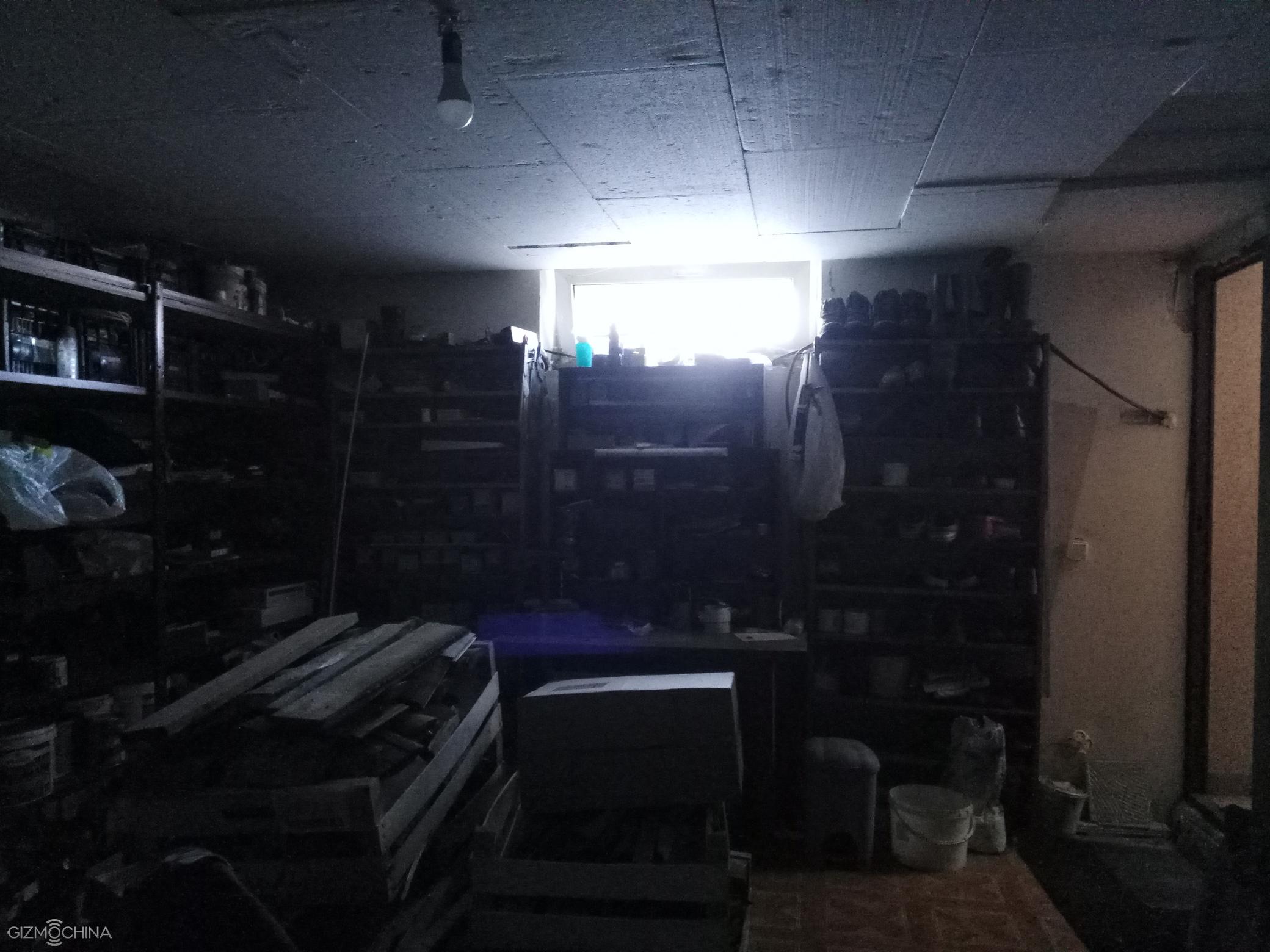Xiaomi has been on the roll as they have released quite a few devices lately. The Redmi Pro is a phone that costs around $250 via the third party resellers, it has pretty good specs but most importantly, the device has dual camera setup. Learn more in our full review.
Thanks to Oppomart for sending Xiaomi Redmi Pro for a review.
Xiaomi Redmi Pro Review: VIDEO REVIEW
Xiaomi Redmi Pro Review: UNBOXING
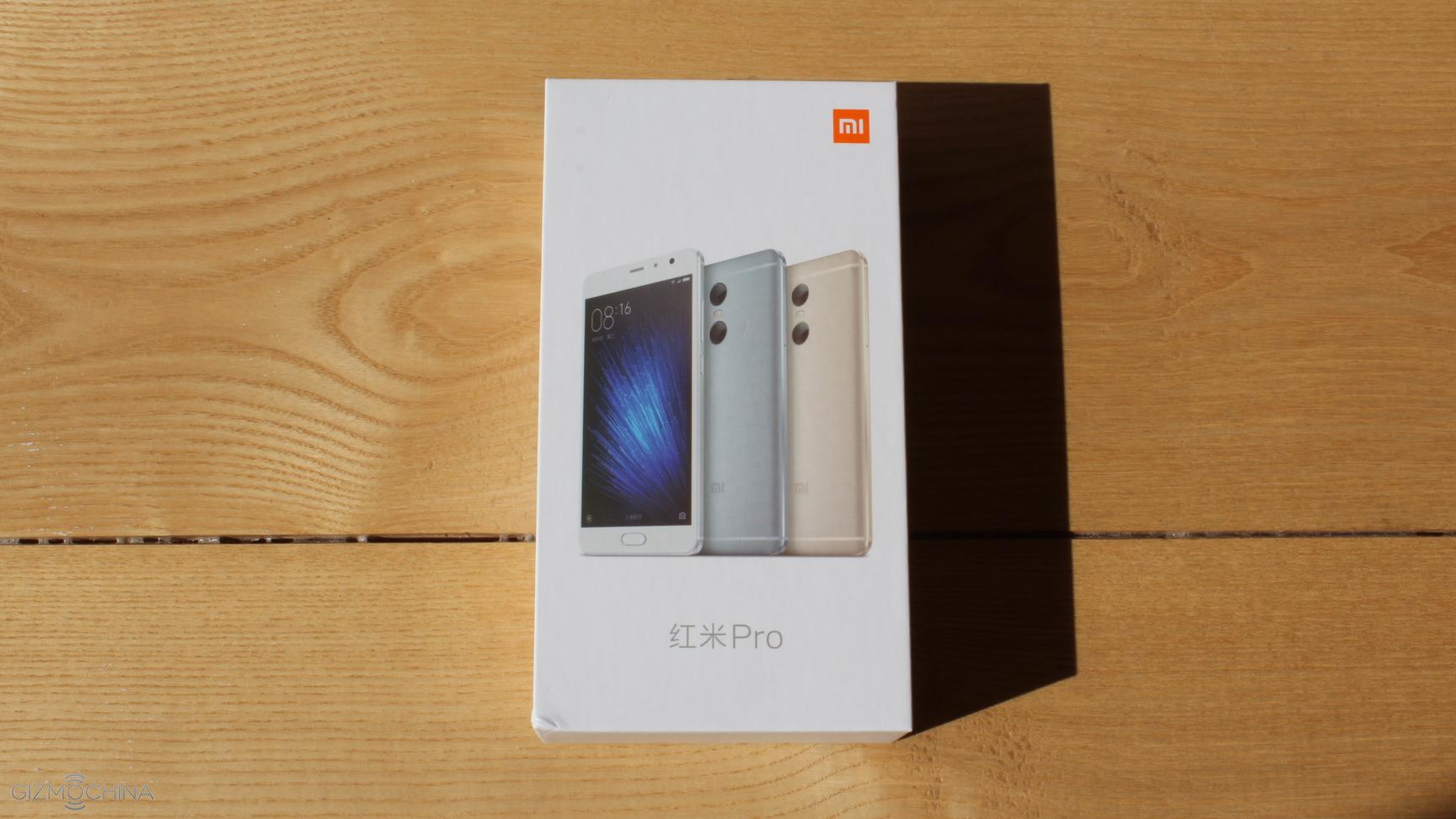

The phone ships in a usual Xiaomi box and inside of it you can find a charger, some paperwork, SIM ejector pin and USB-C cable.
Xiaomi Redmi Pro Review: SPECS
Display |
5.5″ 1080p (Full-HD) |
Processor |
Mediatek MTK6797 (Helio X20), 64-bit, deca-core (up to 2.1GHz) |
RAM |
3GB |
Camera |
Dual 13 MP + 5MP, f/2.0, phase detection autofocus, dual-LED (dual tone) flash / 5MP front camera |
Connectivity |
Bluetooth, 3G, 4G, GPS, WIFI, GSM,EDGE, GPRS, UMTS, HSPA, HSPA+, dual-SIM. |
Battery |
4.050 mAh (non-removable) |
Dimensions |
151.5 x 76.2 x 8.2 mm / 174g |
OS |
MIUI 8 (Android 6.0) |
Storage |
32GB (expandable via microSD card slot up to 256GB) |
Xiaomi Redmi Pro Review: DESIGN and DISPLAY

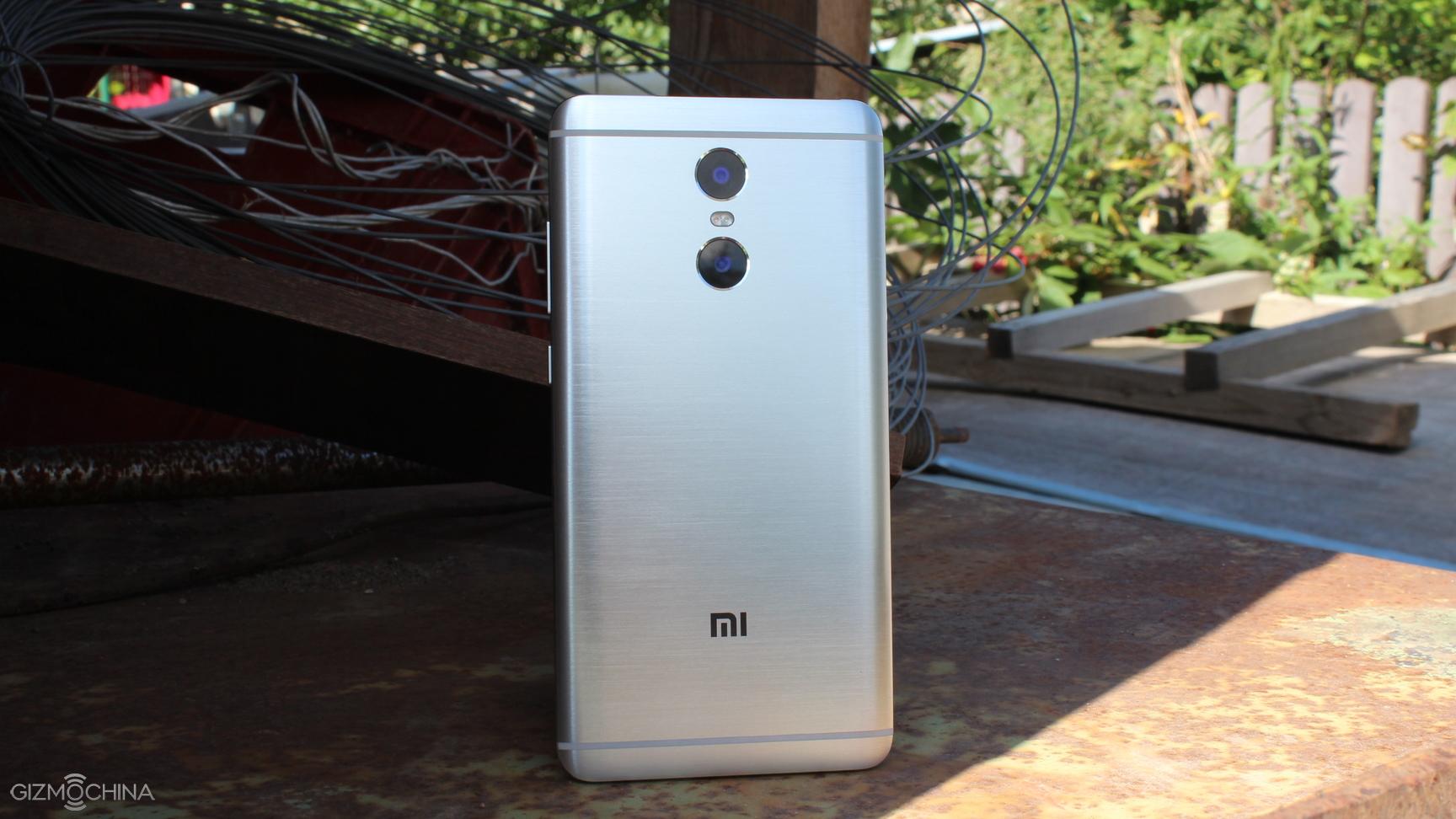
Let me be honest with you, this phone is the most premium Redmi device I’ve ever seen. It’s made entirely of metal (even top and bottom parts are made of metal). I really love the brushed aluminum look. Even though the Redmi Pro may look a bit glossy, it does not attract fingerprints so easily.
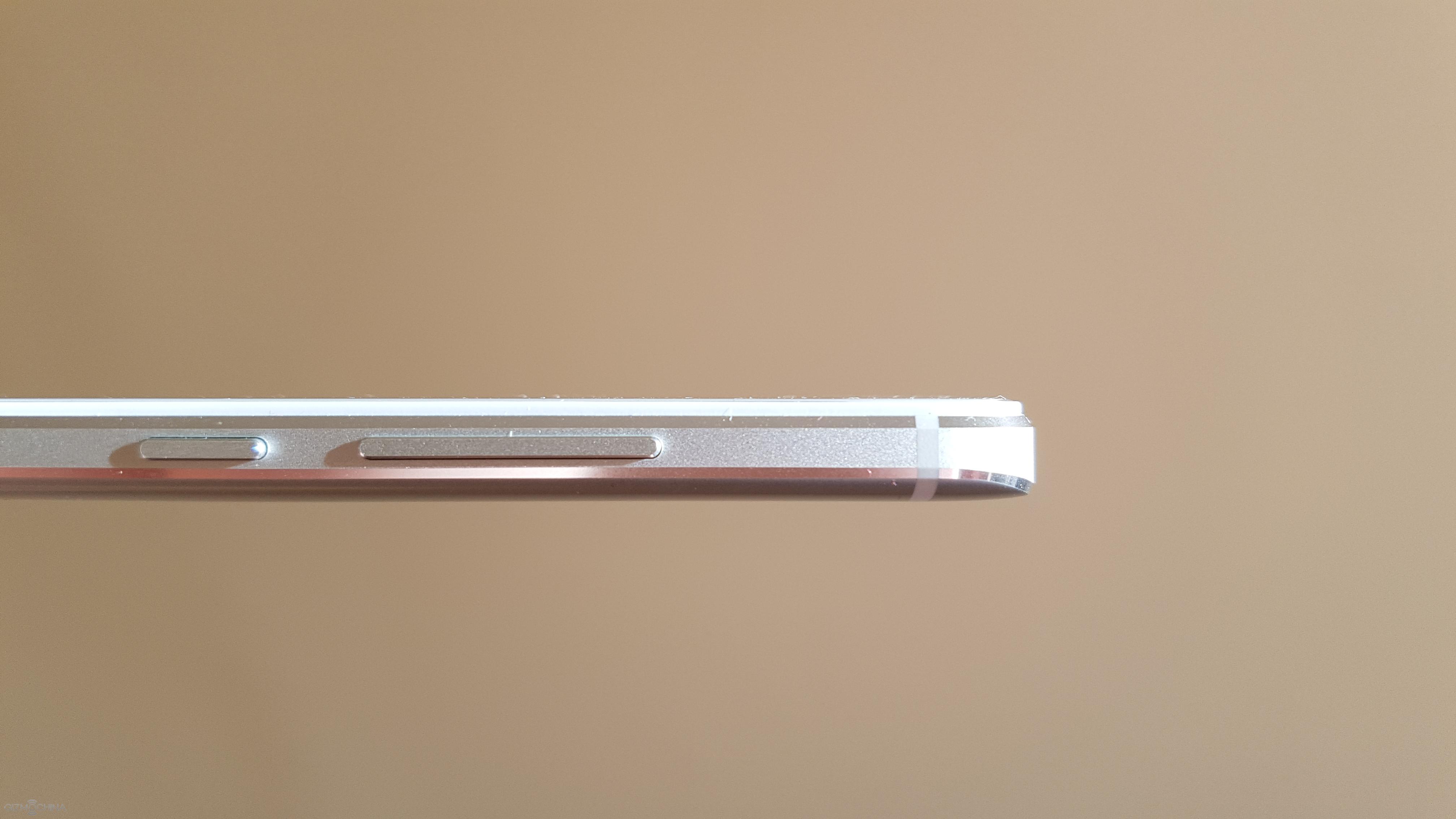
We have nice and tactile buttons and I absolutely love the build quality of this phone.

One of the key selling points of this device is of course, its dual camera setup, which is supposed to give you a hardware-based shallow depth of field effect. The main camera has 13MP, f/2.0 aperture and PDAF. The secondary camera has 5MP.

Also, the cameras are accompanied with a dual-tone dual led flash. More on the camera features a bit later in this review.

The Redmi Pro sports a 5.5” 1080p display. In fact, this is the first Redmi phone to have the Amoled panel, which is sharp and vibrant. However, the colors may look a bit oversaturated but I’m okay with that. The sunlight legibility is not the best I’ve seen but it is pretty good and I don’t have many complaints in this regard.
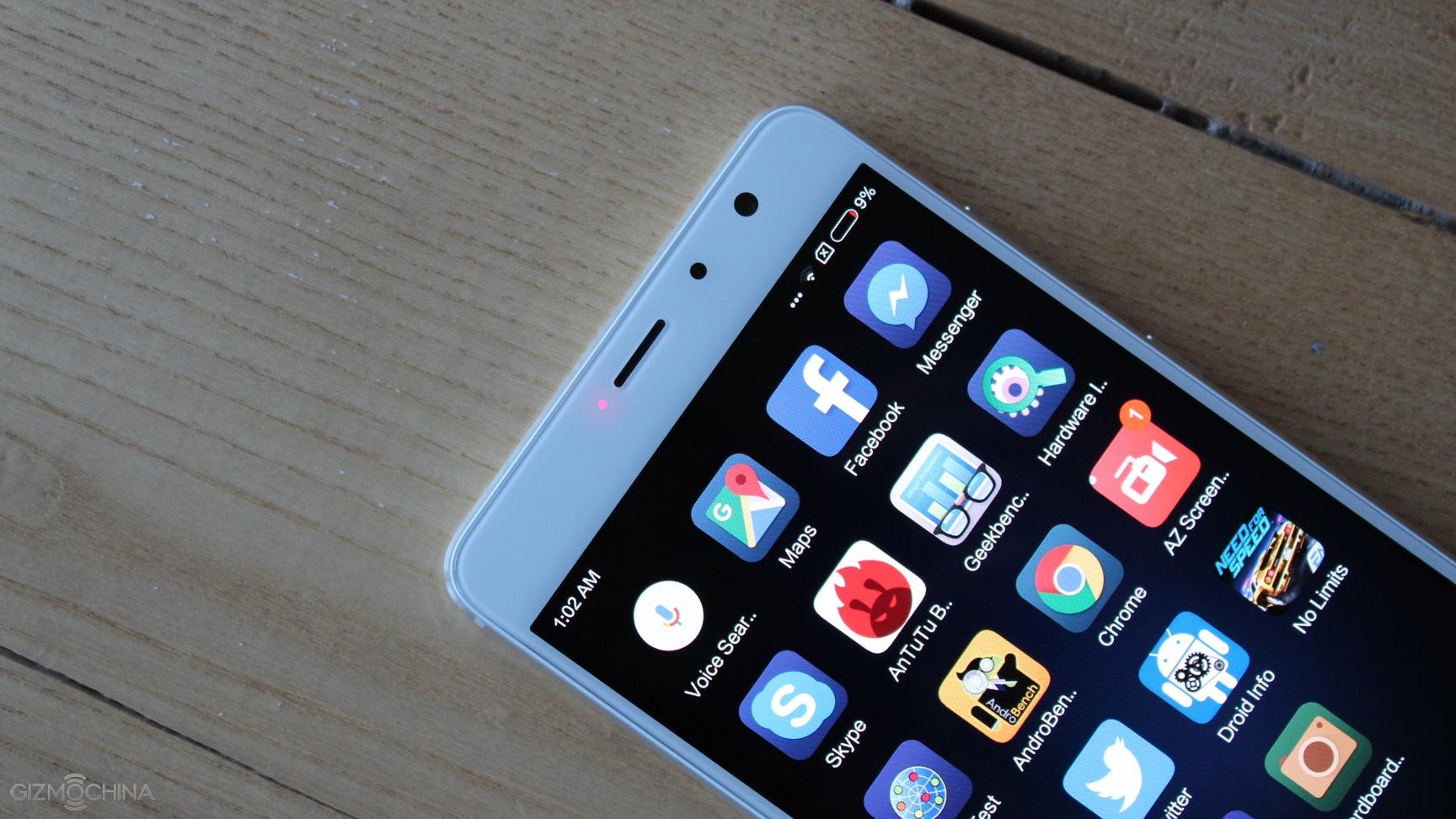
As far as selfie shooter, we have a 5MP camera. Right next to it, there is a highly customizable notification LED light.

It’s nice to see backlit capacitive buttons, which can be also customized in a lot of different ways. The fingerprint scanner is embedded in a physical home button. It is fast and very accurate but it does not work straight from the standby mode meaning that you have to wake your phone up first.

The loudspeaker quality is pretty good. Sure, it is not perfect but it is definitely one of the best in this price range of phones.
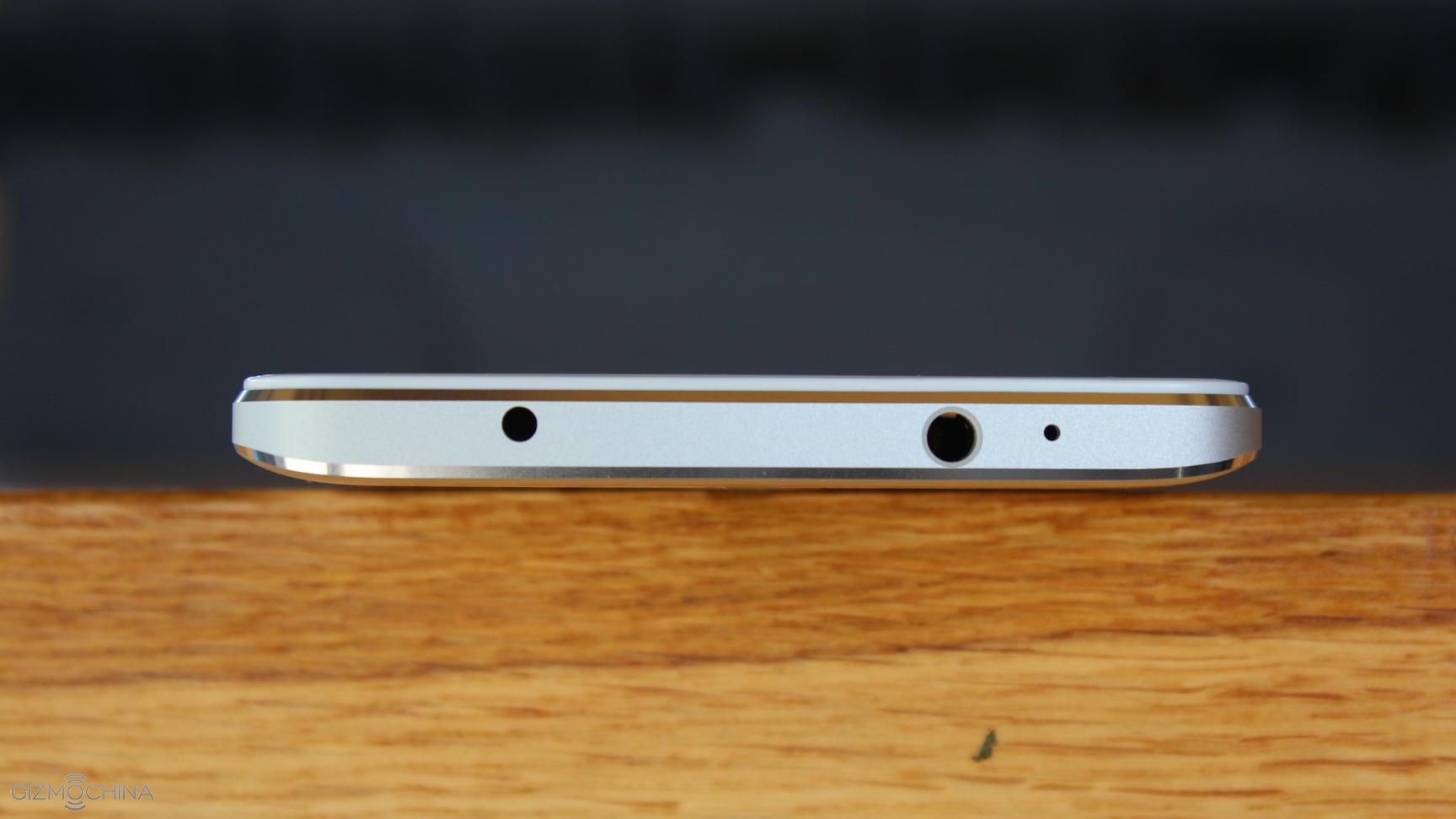
One little extra feature that has started disappearing from a lot of phones is the IR blaster to control devices like TVs.
Xiaomi Redmi Pro Review: HARDWARE and PERFORMANCE

I have a standard edition of the Redmi Pro, which has a deca-core Mediatek Helio X20 chip with the max. clock speeds of 2.1GHz, 3GB of RAM and 32GB of storage, which is also expandable via the microSD card slot.

If you are willing to pay extra, you can get a few model variations and the best one sports a Helio X25 chip with 4GB of RAM and whopping 128GB of storage.
The gaming performance is pretty good yet not ideal. You can enjoy most of the 3D games without any issues but there were a few skipped frames and a bit of stutter while playing Asphalt 8 on the highest graphics. Of course, changing graphics to medium solves this issue.
A great thing is that the phone does not have any overheating issues.
Xiaomi Redmi Pro Review: BENCHMARKS
Xiaomi Redmi Pro Review: USER INTERFACE
When it comes to user interface, my Redmi Pro has just been updated to MIUI 8, which is built on top of Android 6.0. There are some cool new features and design touches that differ MIUI 8 from the MIUI 7.
If you swipe down, you will open up a redesigned quick settings menu. There is no separate notification shade like it used to be. Also, the multitasking menu now has a 3D look to give you a better idea of what apps are running in the background.
A great thing is that Xiaomi finally re-organized their settings menu and you now can find everything quicker. One of the new features includes the “second space”. You can move apps, files and other information between the “first space” and the “second space” and you can easily switch between these spaces. As Xiaomi claims, this feature is like having 2 phones with different files and settings. Another new feature is the “quick ball”, which is simply a small bubble that has a few customizable shortcuts. However, I’ve never been a huge fan of any floating screens on the display.
We have some other features, customization options, various tweaks and settings Xiaomi phones are famous for. Just to name a few, you can select from a variety of themes, wallpapers, fonts and so on. Also, you can customize the LED light, assign different tasks to capacitive buttons and so on.
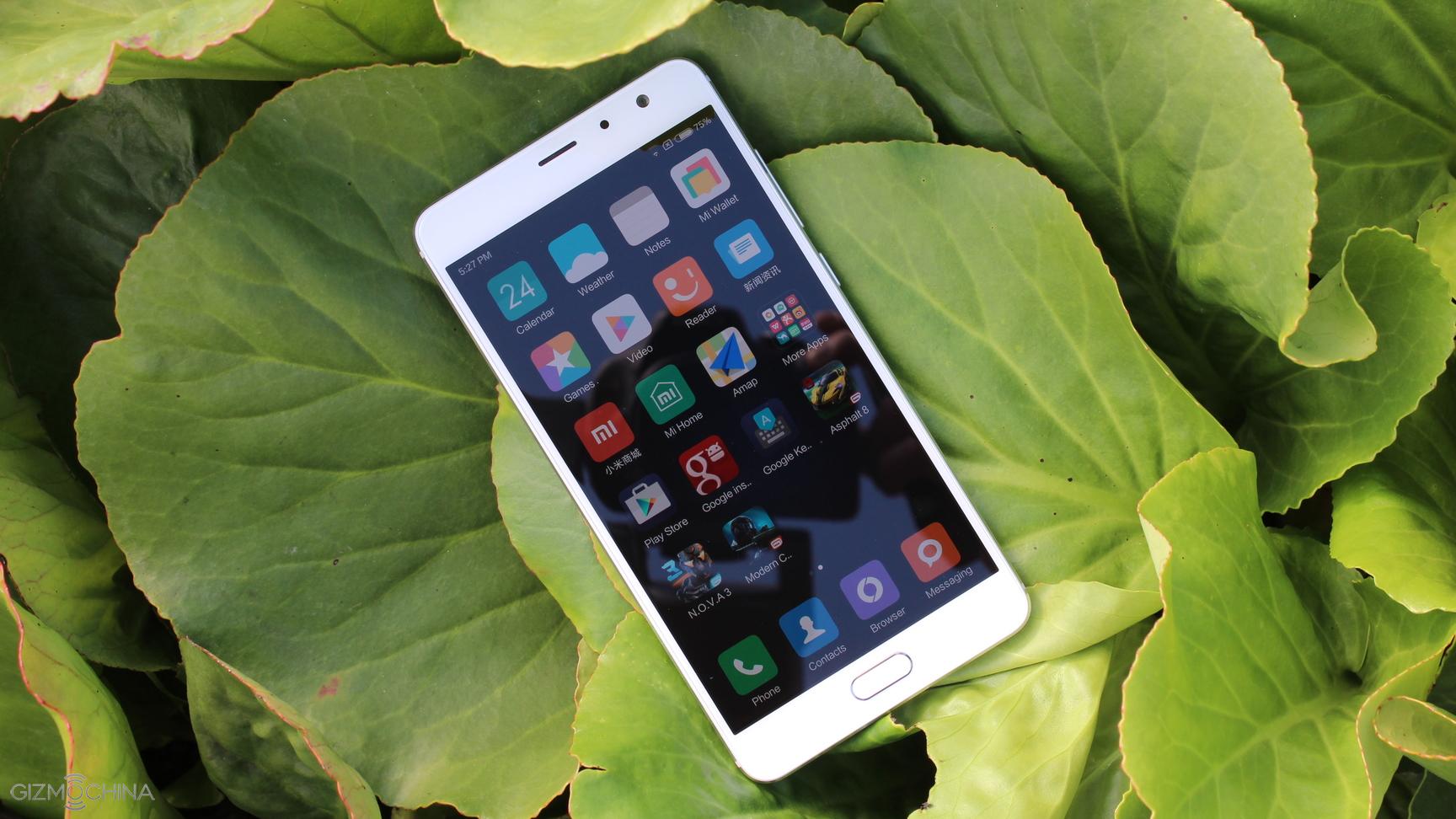
Finally, the MIUI 8 runs fast and fluid and I didn’t have any hiccups or lag.
Xiaomi Redmi Pro Review: CAMERA
Please watch our video review to better understand how dual-camera setup works:
When it comes to the cameras, let’s start by the most interesting part. The dual-camera mode, which is called stereo mode, is simply activated by clicking a small camera button. Here you can play with the aperture number by going all the way to f/5.6 or go down to a super bright f/0.95. Also, you can change the focus area after you take the picture and apply different effects.
If you spend a little bit of time with the camera, you can get some nice photos. Of course, not all pictures will look natural but can definitely achieve some nice results. A very cool thing is that you can also adjust the aperture number during the video recording to get that shallow depth of field effect.
If you tend to take regular photos more often, the auto-mode allows you to do that pretty fast thanks to the baked-in PDAF system. The camera takes some pretty good images in daylight. The pictures tend to have a good amount of detail and sharpness. Also, the colors look natural. However, a few of the shots have a softer focus on the corners but we have to consider that the phone runs on an early software build. The biggest complaint would be the dynamic range adjustment but the HDR mode does a pretty good job.
The macro shots have a good amount of detail and they look sharp most of the time.
As for indoor photos, you can get some good looking images too. Sure, they will look grainier but the camera does an okay job with noise reduction.
The low-light camera performance is good for the price of the phone but I hope to see some improvements with the future software updates. There is quite a bit of noise and there could be more detail. Also, I noticed that there is a slight red tint if you take pictures close to the light source, e.g. street lamps.
The dual tone LED flash does a pretty good job illuminating the scene in almost pitch dark environments but the flash is a bit too warm for my taste.
Panorama photos look quite terrible due to very low-resolution. On the other hand, the auto-stitching is pretty good.
The phone can shoot videos in Full-HD. The video quality is just above average I would say. The footage could look sharper and have more detail. On the other hand, I’m happy with the way CAF works. You can also shoot slow-motion videos in 720p and the quality is not the best but it is pretty good. See the video review for video samples.
A 5MP selfie camera is able to capture some usable pictures for social media but it does not impress. Most of the images look noisy and grainy, and there is a ton of noise. The situation gets even worse in low-light.
As for selfie video, the quality of the footage is mediocre. See the video review for video samples.
Overall, the Redmi Pro has a pretty solid camera setup for the price of the phone and you can definitely get some great looking images. It is not perfect though but we may see some improvements with the future software updates.
Download full resolution camera samples
Xiaomi Redmi Pro Review: CONNECTIVITY

As far as connectivity, I didn’t have any issues with Wifi, Bluetooth, GPS or other options.

The phone comes with a dual-SIM card tray, which can take either 2 SIMs or 1 SIM and the microSD card.
Xiaomi Redmi Pro Review: BATTERY LIFE

The phone ships with the with a huge 4050mAh battery that performs very well. I could get over 6.5 hours of screen-on time on a mixed use which is a very good result.
The phone supports a fast charging feature but it does not come with the fast charger, which is a bummer. This section will be updated with the screenshots of the battery use later (currently, we are re-testing the phone’s battery life with the just released MIUI 8).
Xiaomi Redmi Pro Review: CONCLUSIONS
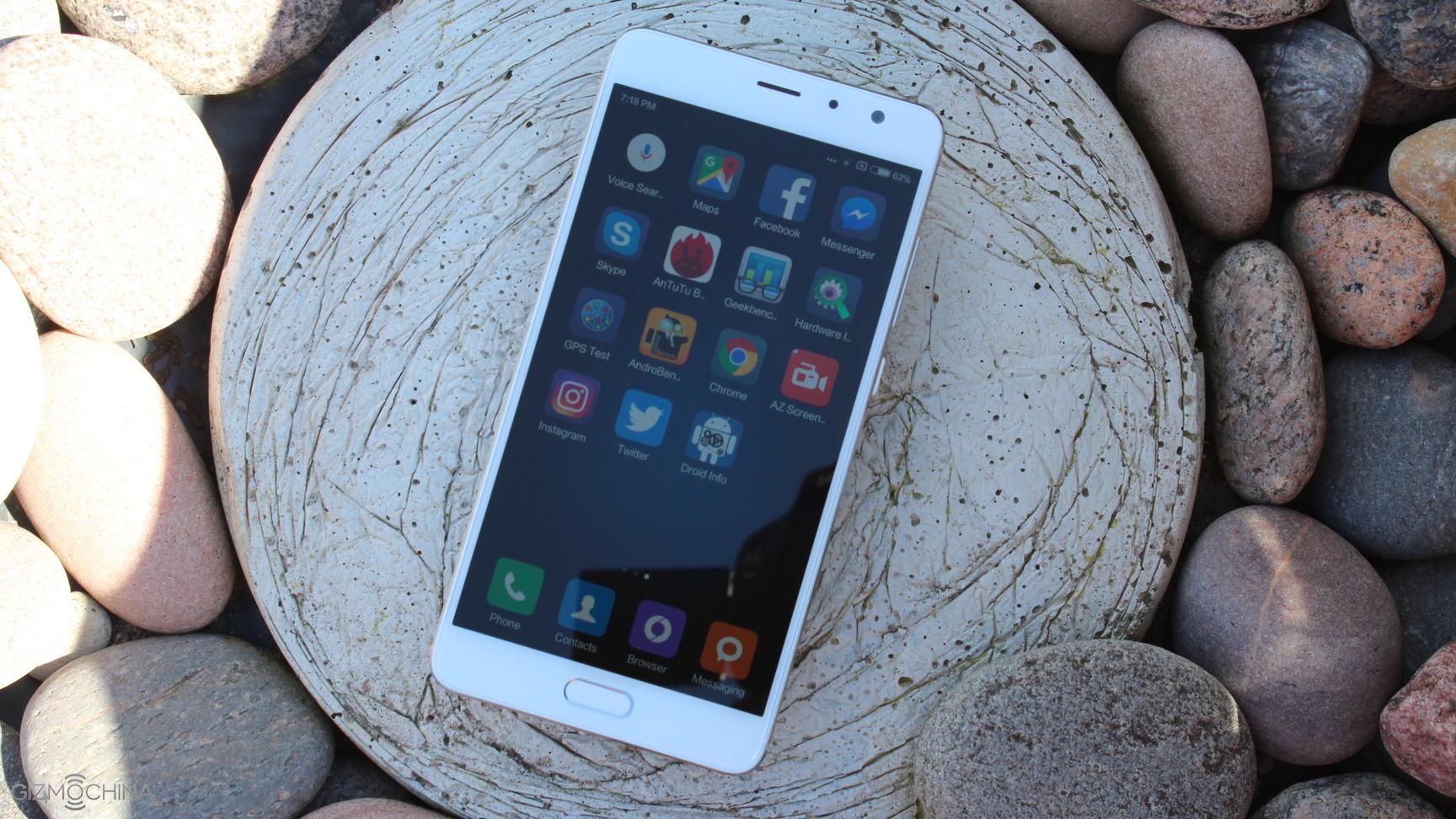
The Xiaomi Redmi Pro is a solid device for the price of around $250.

First of all, it just looks beautiful and the build quality is top-notch. Also, we have a sharp and vibrant display, user interface that has tons of features and a pretty good overall performance.

Also, the dual camera setup is what makes the Redmi Pro standout. Finally, the battery performance is just fantastic.

On the other hand, you have to know that the phone’s camera could be better in video recording and the selfie camera produces images that have quite a bit of noise.

Other complaints would be that the fingerprint scanner does not work straight from the standby mode and you should expect a few skipped frames when playing some 3D games on the highest graphics settings.

Other than that, the Xiaomi Redmi Pro is a great all-around device. Sure, it is not perfect but knowing the fact that Xiaomi usually fixes a lot of things with its software updates, the Redmi Pro is a good phone to buy for less than $250.

